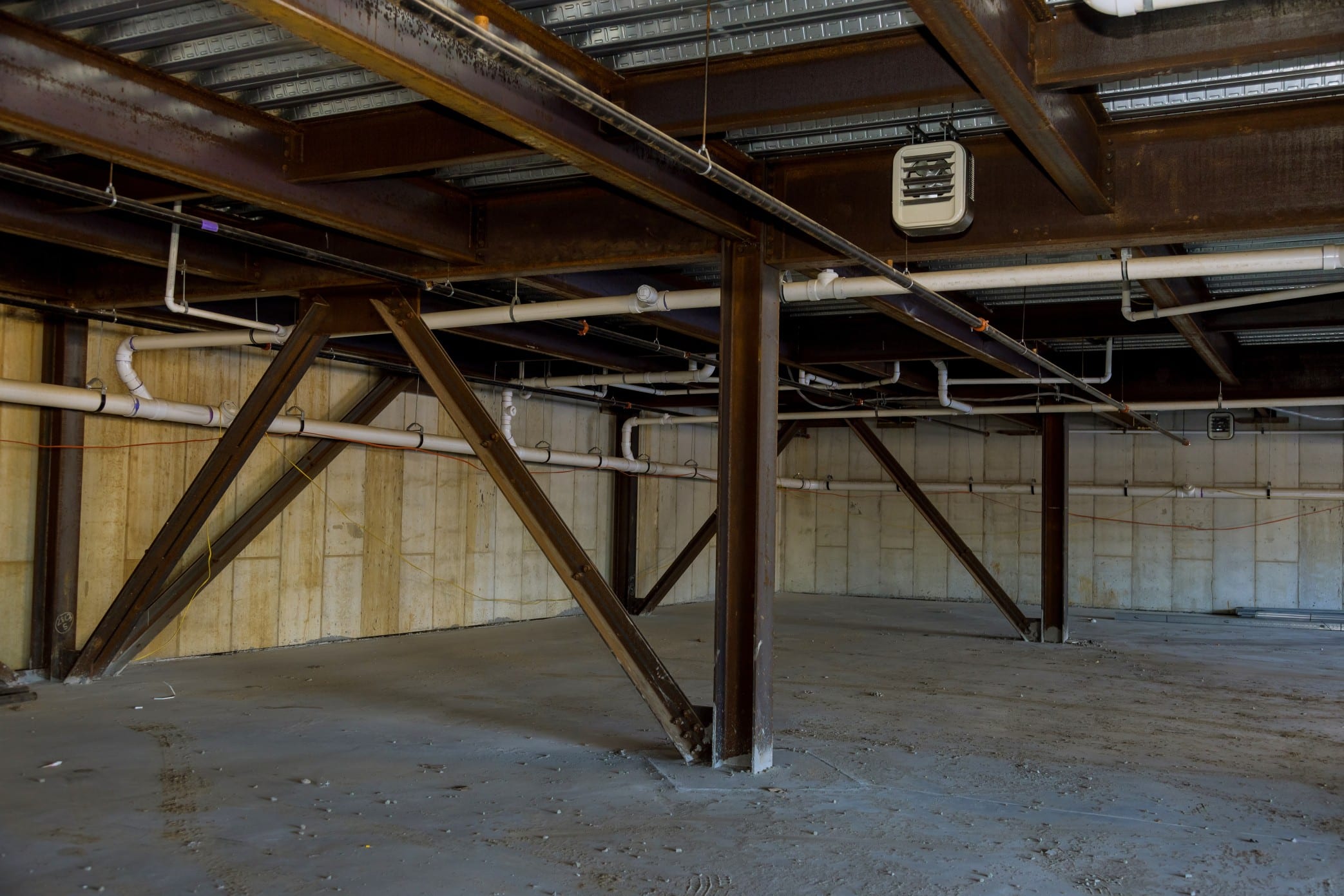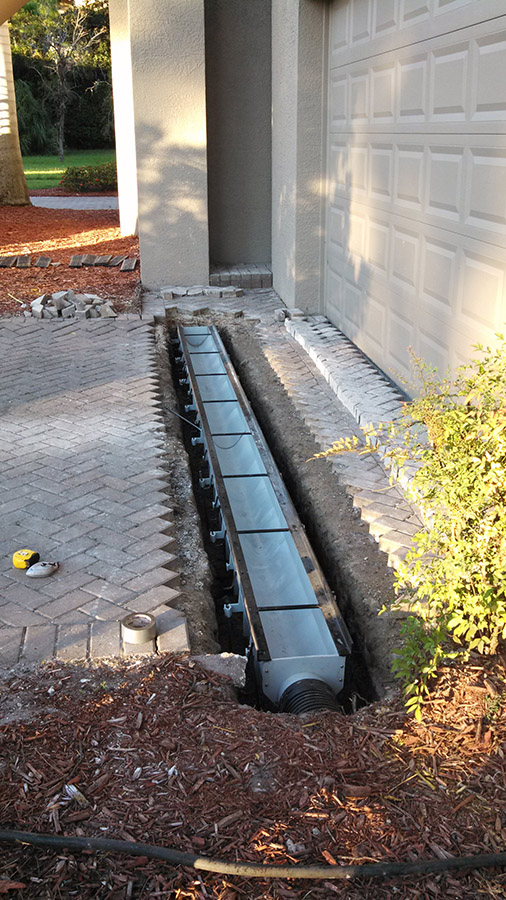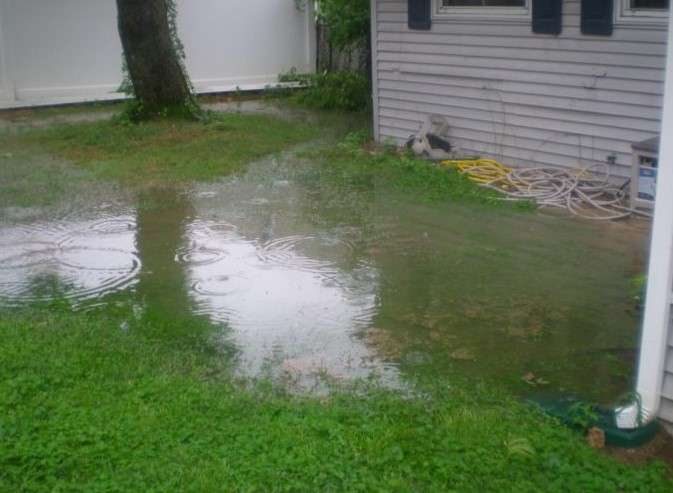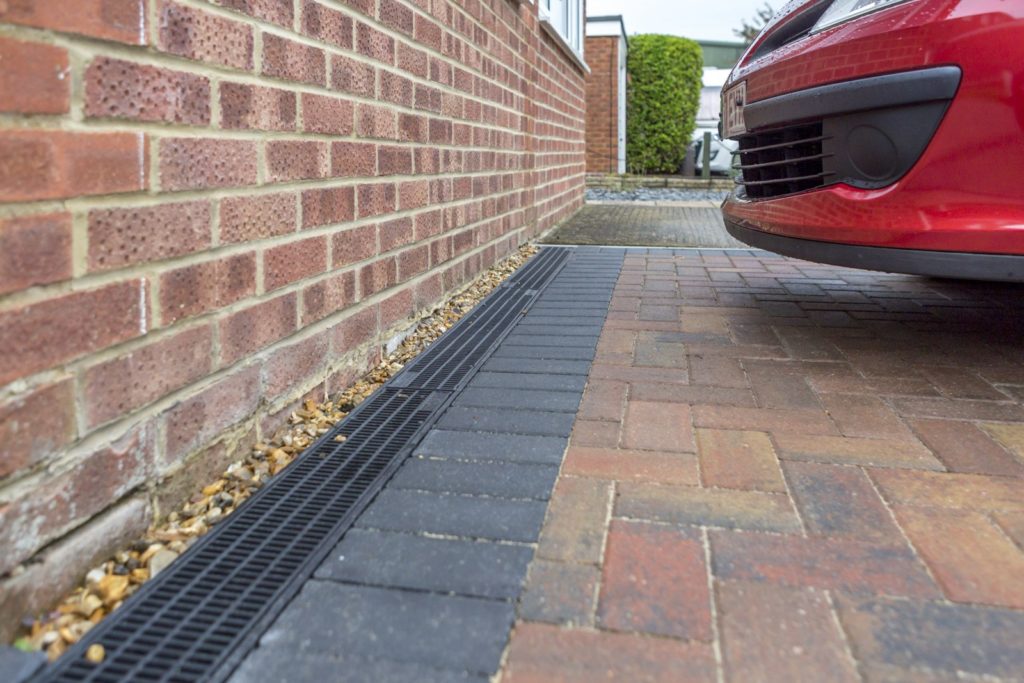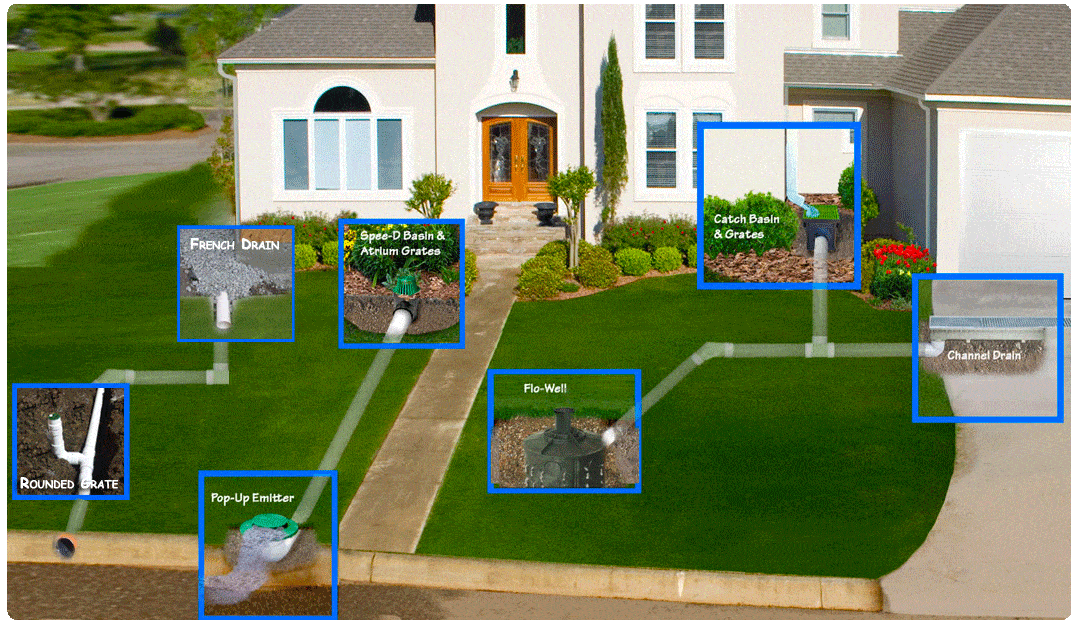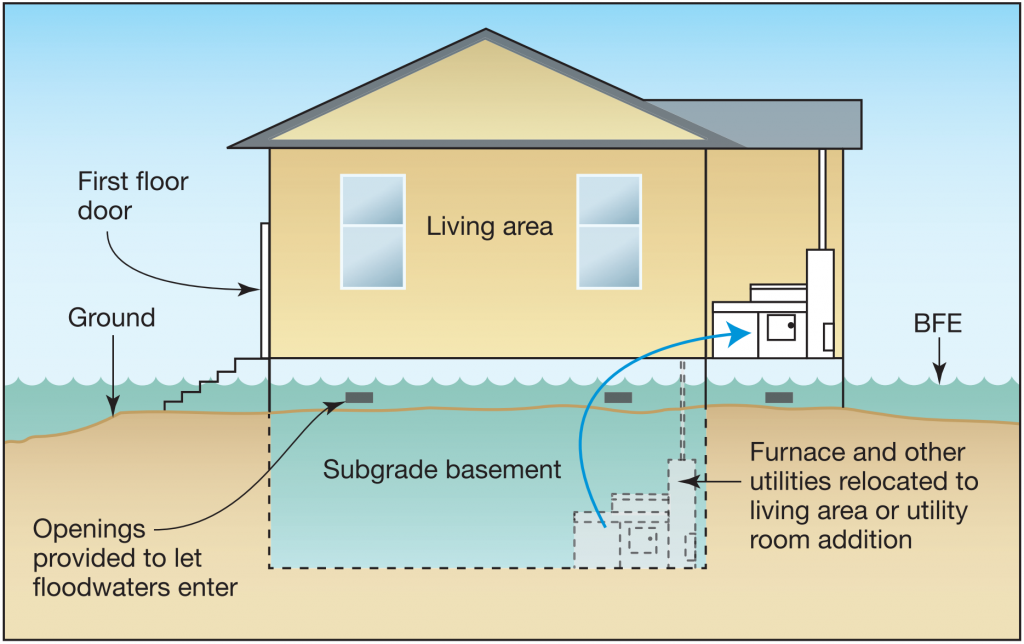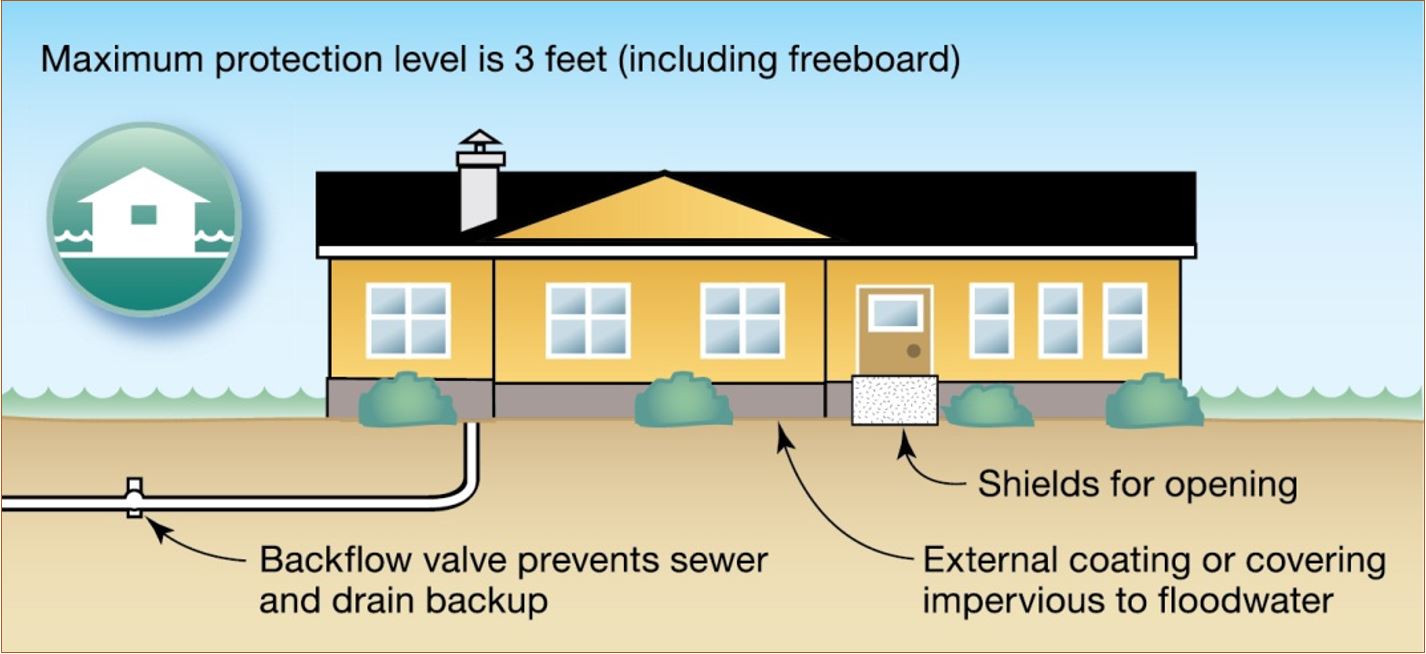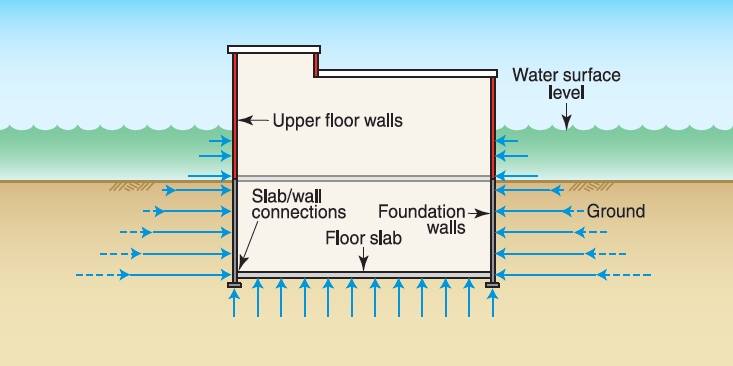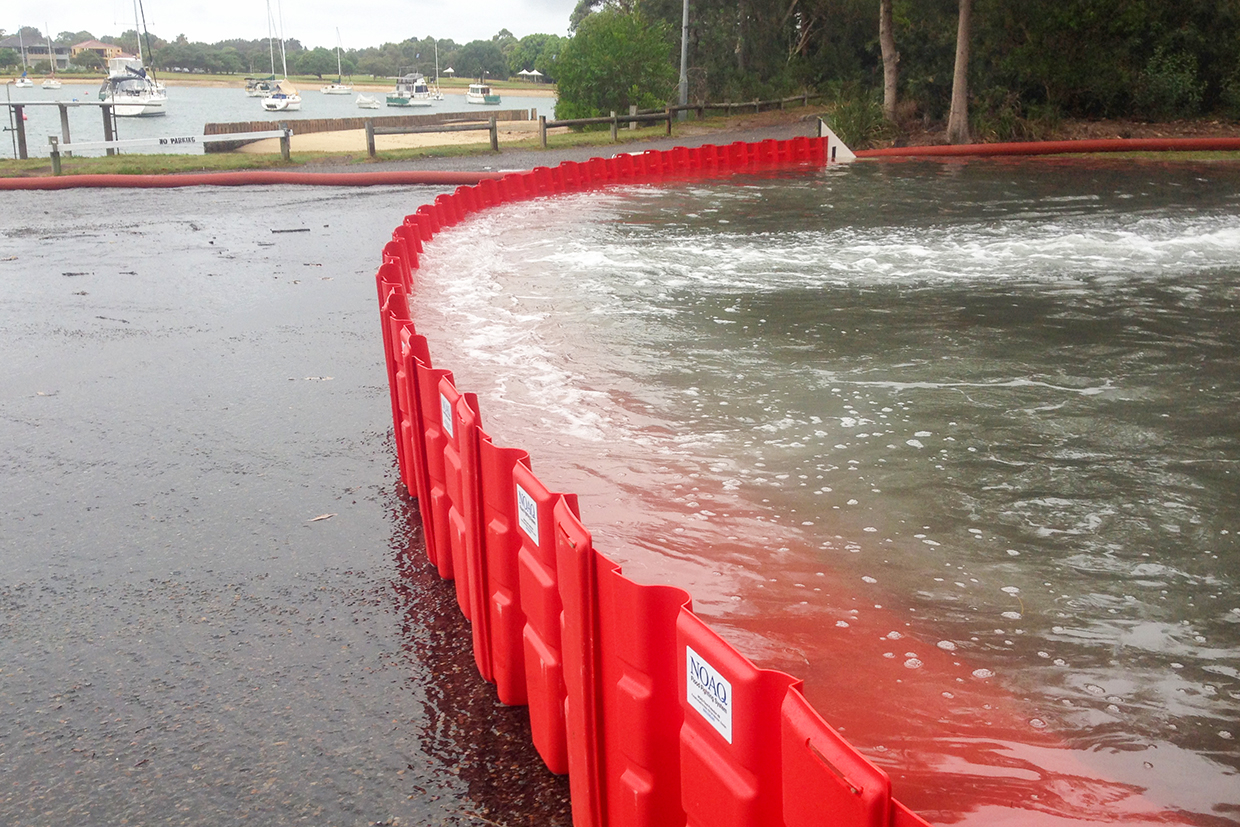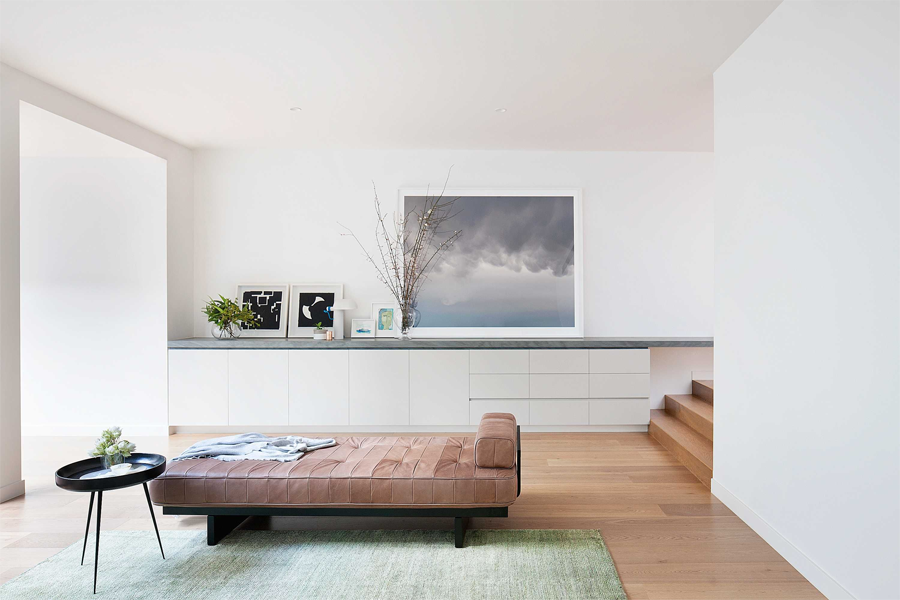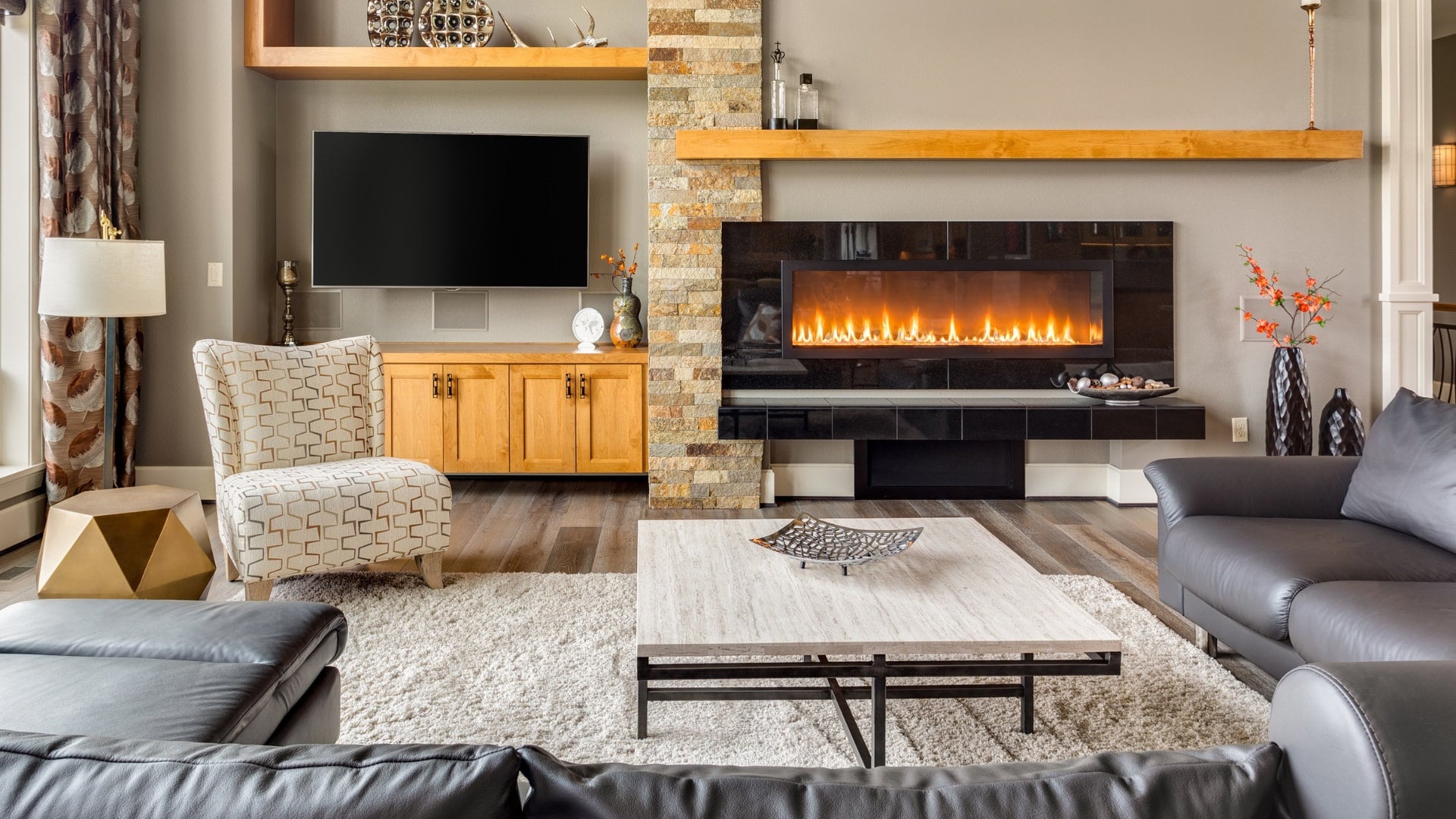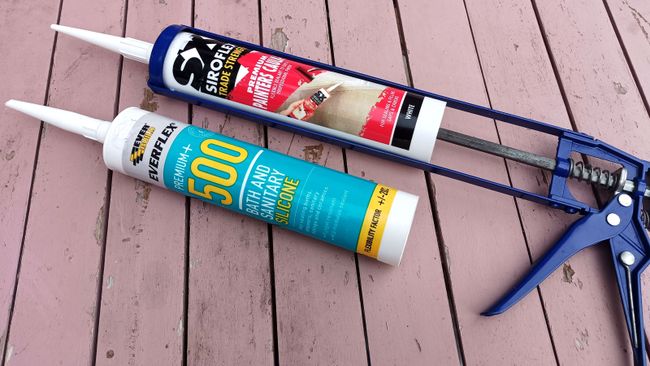1. Install a sump pump in your basement
One of the most effective ways to prevent living room flooding is by installing a sump pump in your basement. This device is designed to remove excess water from your basement and prevent it from seeping into your living space. It works by collecting water in a pit and then pumping it out of your home through a discharge line. Sump pumps are especially useful in areas with high water tables or heavy rainfall.
2. Keep gutters and downspouts clean and free of debris
Gutters and downspouts play a crucial role in directing water away from your home. However, if they are clogged with leaves, twigs, and other debris, they can easily become overwhelmed and cause water to overflow onto your roof and around your foundation. Make sure to regularly clean and maintain your gutters and downspouts to ensure proper water flow.
3. Install a backwater valve on your main sewer line
A backwater valve is a one-way valve that allows sewage to flow out of your home, but prevents it from flowing back in. This is especially important during heavy rainstorms when the sewer system can become overloaded and cause sewage to back up into your home. Installing a backwater valve can help prevent this from happening and protect your living room from flooding.
4. Seal any cracks or gaps in your foundation
Even small cracks or gaps in your foundation can allow water to seep into your home during heavy rainfall or flooding. It's important to regularly inspect your foundation and seal any cracks or gaps with waterproof sealant. This will help prevent water from entering your home and causing damage to your living room.
5. Elevate appliances and furniture off the ground
If you live in an area prone to flooding, consider elevating your appliances and furniture off the ground. This can help prevent them from being damaged in the event of a flood. You can use concrete blocks or furniture risers to elevate items such as your washing machine, dryer, and couch.
6. Use water-resistant materials for flooring and furniture
When it comes to preventing living room flooding, it's important to use water-resistant materials for flooring and furniture. This includes options such as tile, vinyl, and waterproof laminate for flooring, and leather or synthetic fabrics for furniture. These materials are less likely to be damaged by water and can be easier to clean in the event of a flood.
7. Regularly inspect and maintain your plumbing system
A well-maintained plumbing system is essential for preventing living room flooding. Make sure to regularly inspect your pipes and fixtures for any leaks, cracks, or clogs. If you notice any issues, address them immediately to prevent them from causing water damage to your living room.
8. Install a water alarm in your basement
A water alarm is a small device that can alert you when there is excess water in your basement. It can be especially useful if you are away from home during a storm or flood. The alarm will sound when it detects water, giving you time to address the issue before it causes damage to your living room.
9. Create a drainage system around your home
Proper drainage is key in preventing living room flooding. If your home is situated on a slope, make sure to create a drainage system that directs water away from your home. This can include installing French drains, adding gutters and downspouts, and grading your yard to slope away from your house.
10. Consider installing a flood barrier or flood-proofing your home
If you live in an area that is prone to frequent flooding, it may be worth considering installing a flood barrier or flood-proofing your home. These measures can help prevent water from entering your living room and causing damage. Options include installing flood barriers around your home, waterproofing your foundation, and elevating your entire house on stilts.
In conclusion, by taking these preventative measures, you can significantly reduce the risk of living room flooding in your home. Remember to regularly maintain and inspect your home to ensure it is prepared for any potential flooding. By being proactive, you can protect your living room and avoid costly water damage.
Invest in a Good Quality Sump Pump
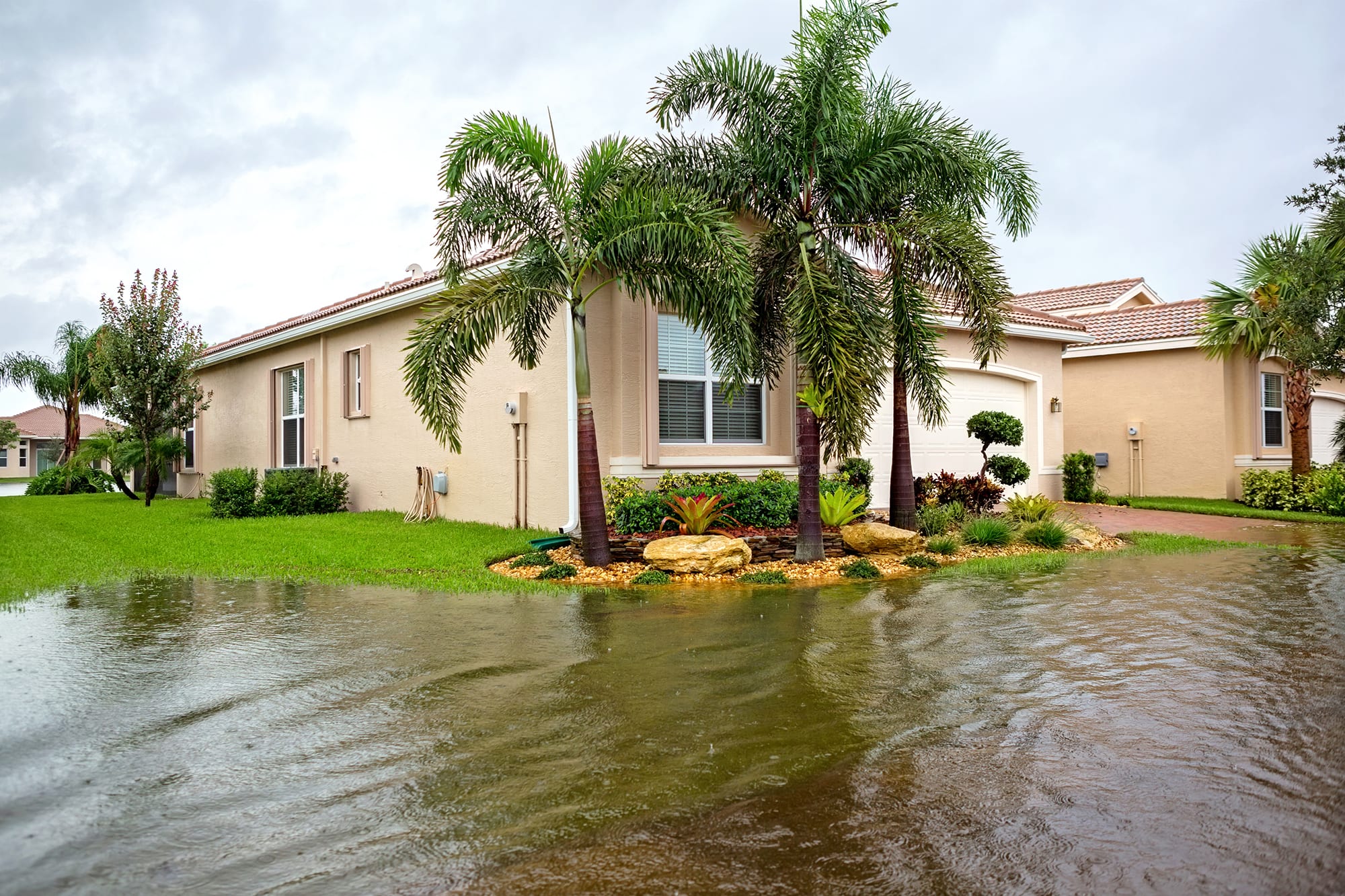
Protect Your Living Room from Flooding
 Living room flooding is a homeowner's worst nightmare. Not only does it cause significant damage to your furniture and flooring, but it also creates an unsafe and unsanitary living environment. While there are various steps you can take to prevent living room flooding, one of the most effective ways is by investing in a good quality sump pump. This essential equipment can help keep your living room dry and protect it from water damage.
Sump pumps
are used to remove excess water from the lowest point in your home, typically the basement. They work by collecting water in a pit, known as a sump basin, and then pumping it out through a discharge pipe away from your home's foundation. This not only prevents flooding but also helps to keep the moisture levels in your home under control, reducing the risk of mold and mildew growth.
When it comes to choosing a sump pump, it's crucial to invest in a good quality one. Look for models with a
battery backup system
in case of power outages, and a
cast iron construction
for durability. Additionally, consider the
pump's horsepower
and
pumping capacity
to ensure it can handle the amount of water in your living room.
Once you have purchased a sump pump, it's important to properly install and maintain it. The pump should be placed in the lowest part of your living room, preferably in a corner, and connected to a
drainage system
to carry the water away. Regularly check the sump pump to ensure it is free of debris and in good working condition. It's also a good idea to have a backup sump pump in case the primary one fails.
In conclusion, investing in a good quality sump pump is an essential step in preventing living room flooding. It not only protects your furniture and flooring but also keeps your home's moisture levels in check. Remember to properly install and maintain your sump pump to ensure it is always ready to protect your living room from potential water damage. Don't wait for a disaster to strike, be proactive and invest in a sump pump today.
Living room flooding is a homeowner's worst nightmare. Not only does it cause significant damage to your furniture and flooring, but it also creates an unsafe and unsanitary living environment. While there are various steps you can take to prevent living room flooding, one of the most effective ways is by investing in a good quality sump pump. This essential equipment can help keep your living room dry and protect it from water damage.
Sump pumps
are used to remove excess water from the lowest point in your home, typically the basement. They work by collecting water in a pit, known as a sump basin, and then pumping it out through a discharge pipe away from your home's foundation. This not only prevents flooding but also helps to keep the moisture levels in your home under control, reducing the risk of mold and mildew growth.
When it comes to choosing a sump pump, it's crucial to invest in a good quality one. Look for models with a
battery backup system
in case of power outages, and a
cast iron construction
for durability. Additionally, consider the
pump's horsepower
and
pumping capacity
to ensure it can handle the amount of water in your living room.
Once you have purchased a sump pump, it's important to properly install and maintain it. The pump should be placed in the lowest part of your living room, preferably in a corner, and connected to a
drainage system
to carry the water away. Regularly check the sump pump to ensure it is free of debris and in good working condition. It's also a good idea to have a backup sump pump in case the primary one fails.
In conclusion, investing in a good quality sump pump is an essential step in preventing living room flooding. It not only protects your furniture and flooring but also keeps your home's moisture levels in check. Remember to properly install and maintain your sump pump to ensure it is always ready to protect your living room from potential water damage. Don't wait for a disaster to strike, be proactive and invest in a sump pump today.



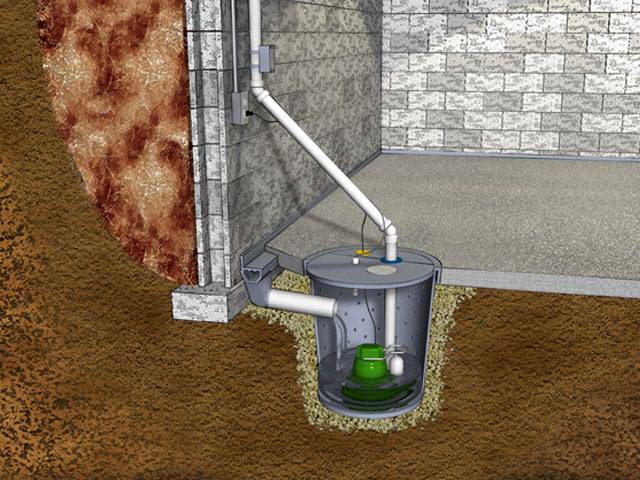

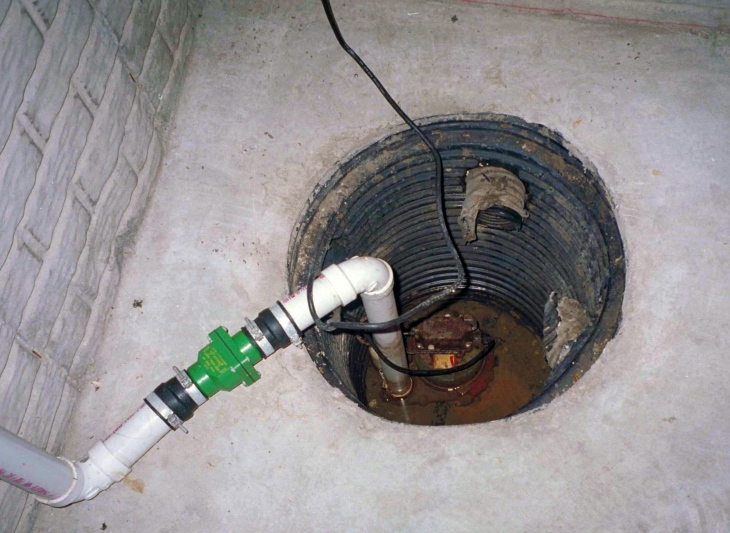


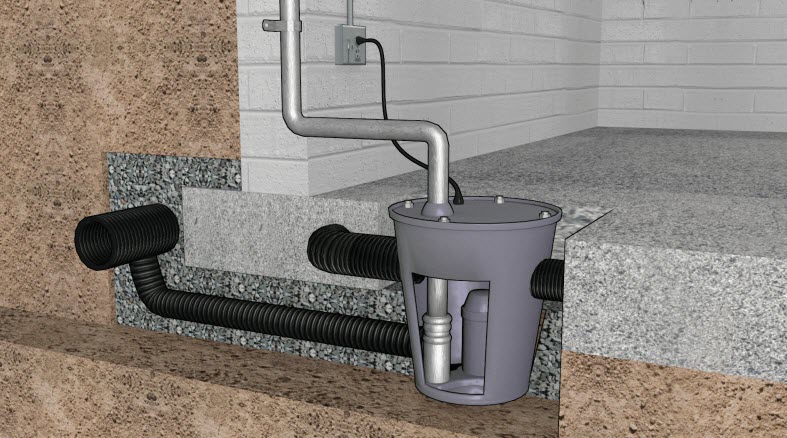

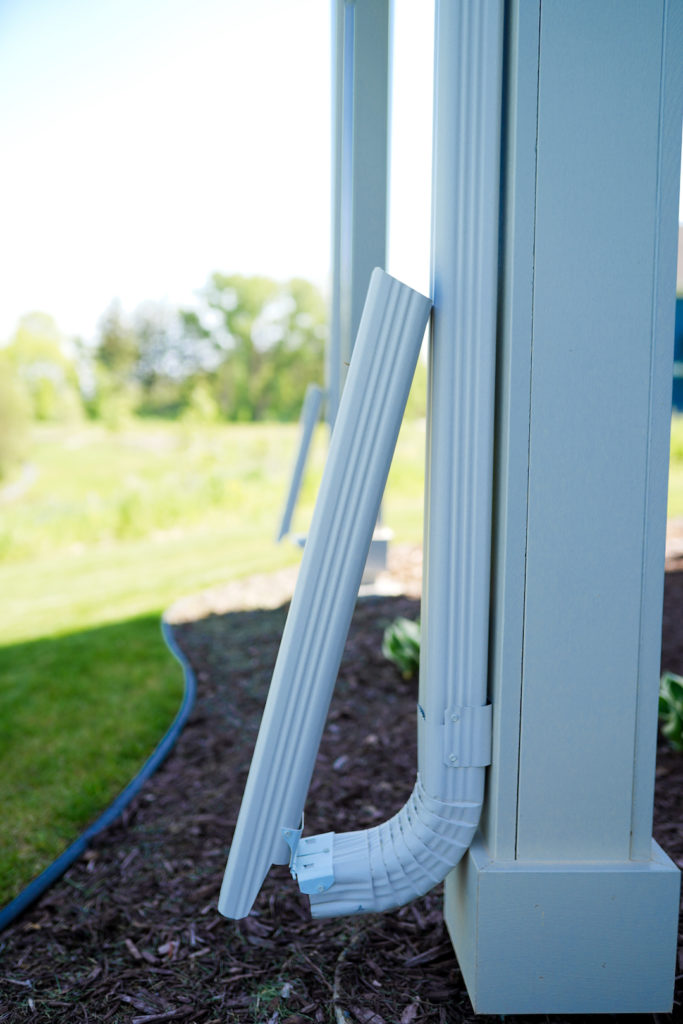

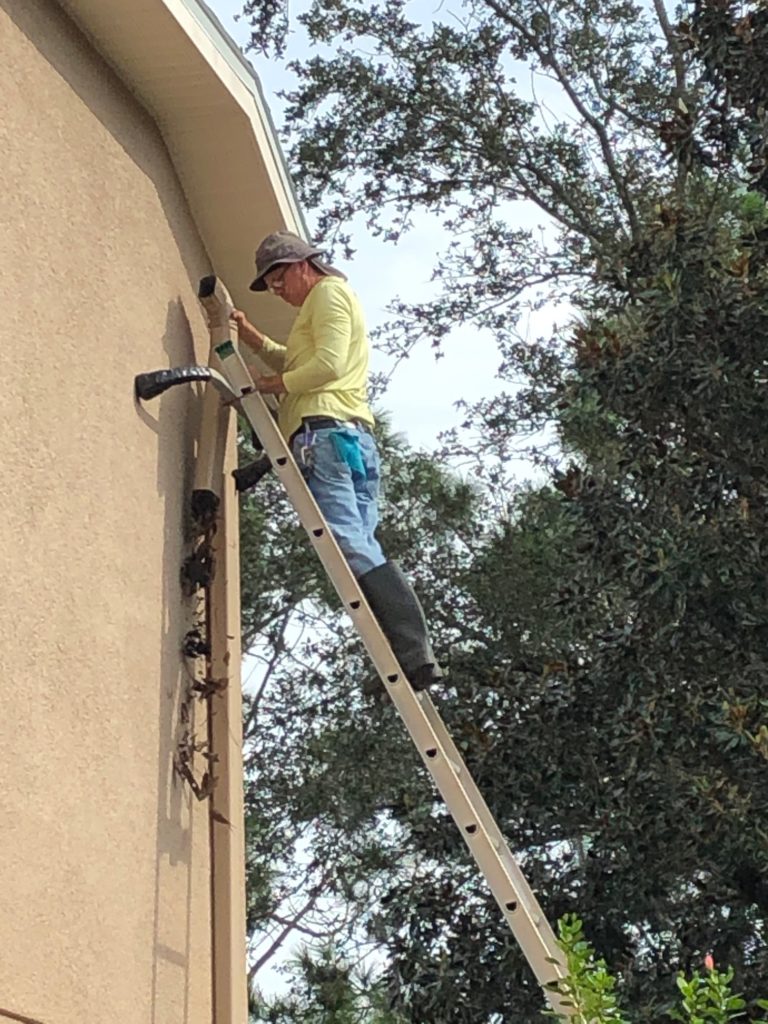
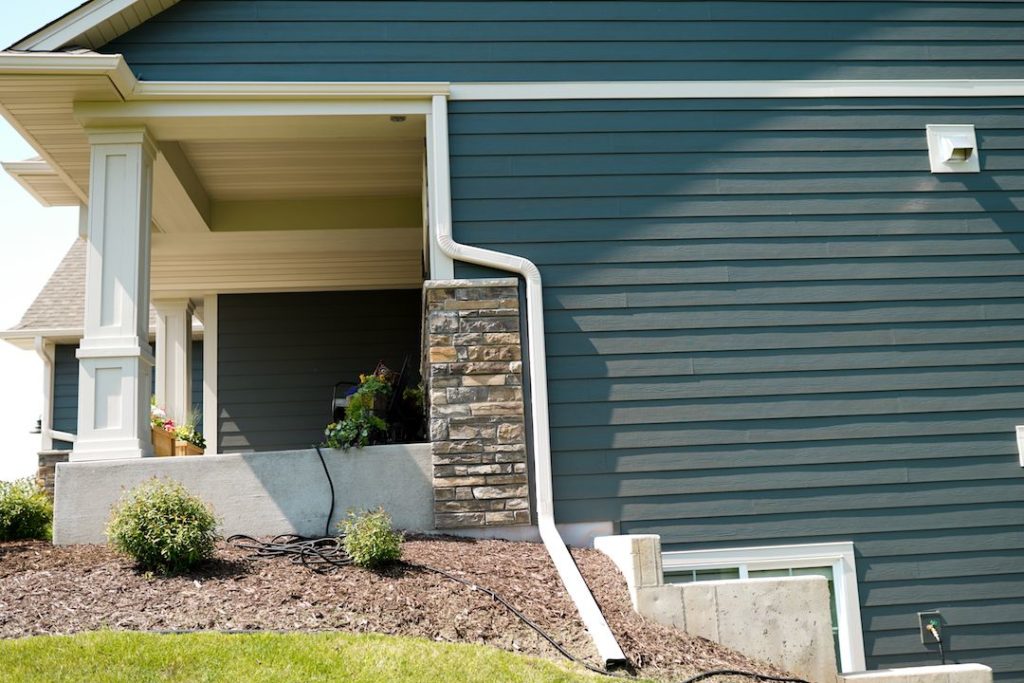
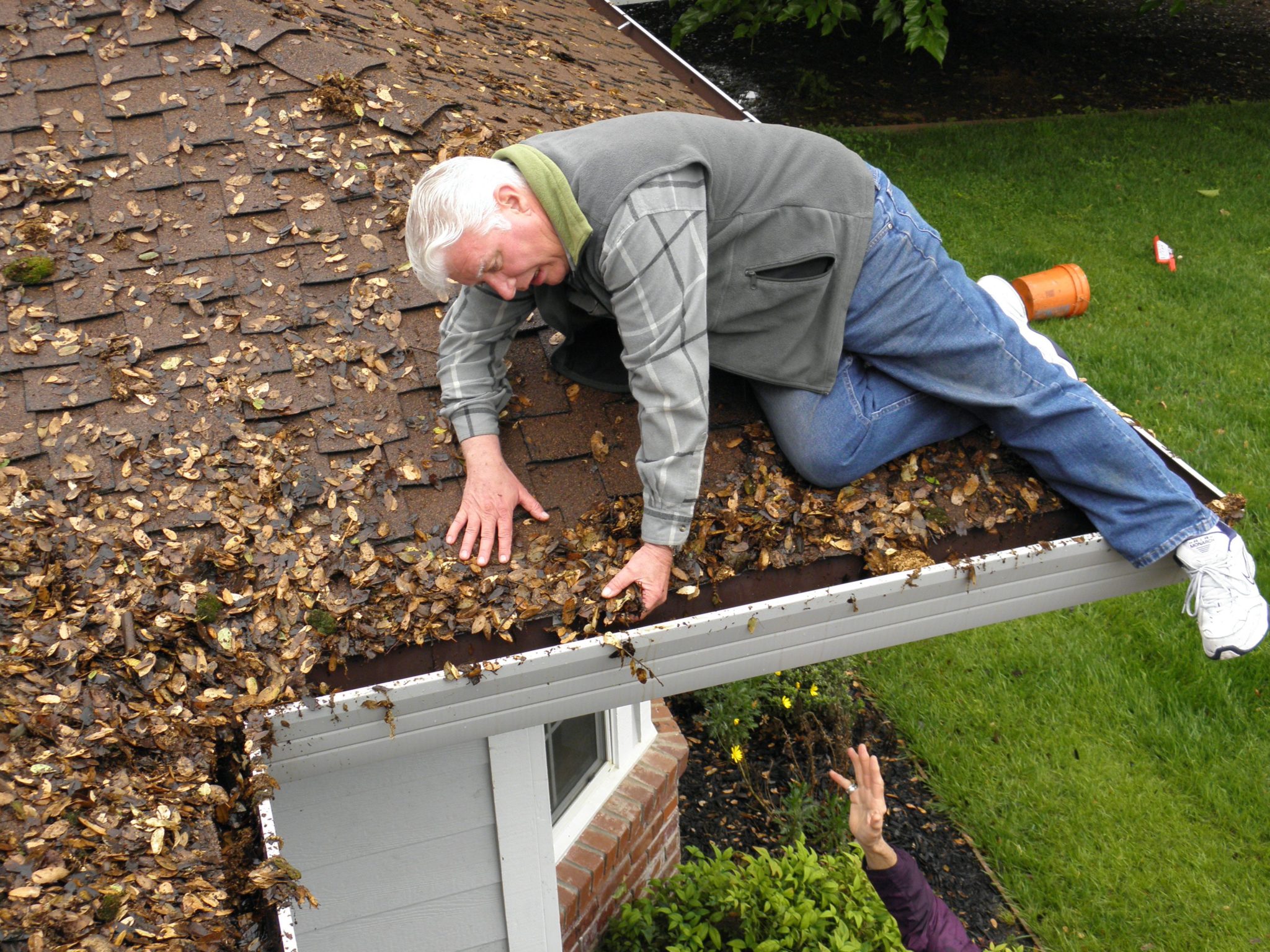



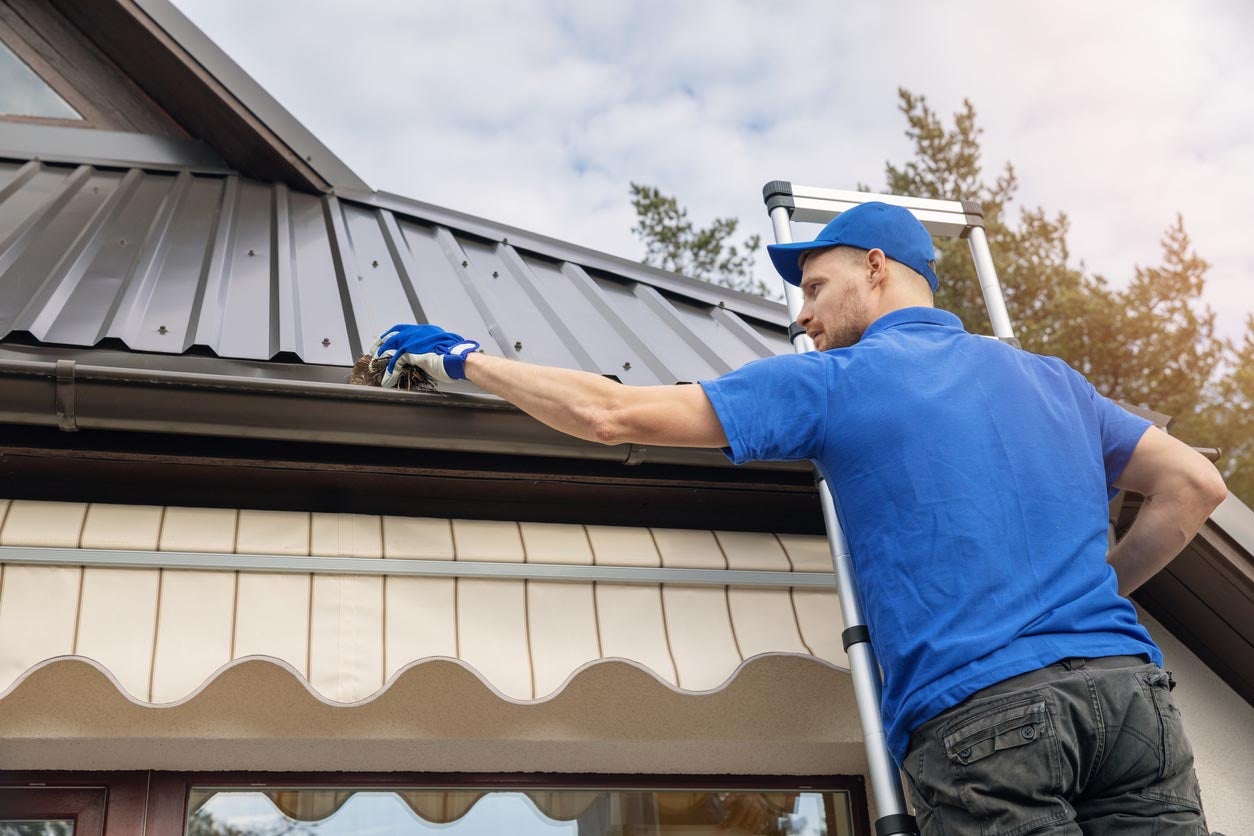
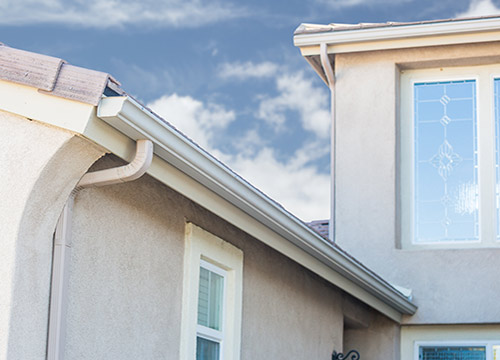
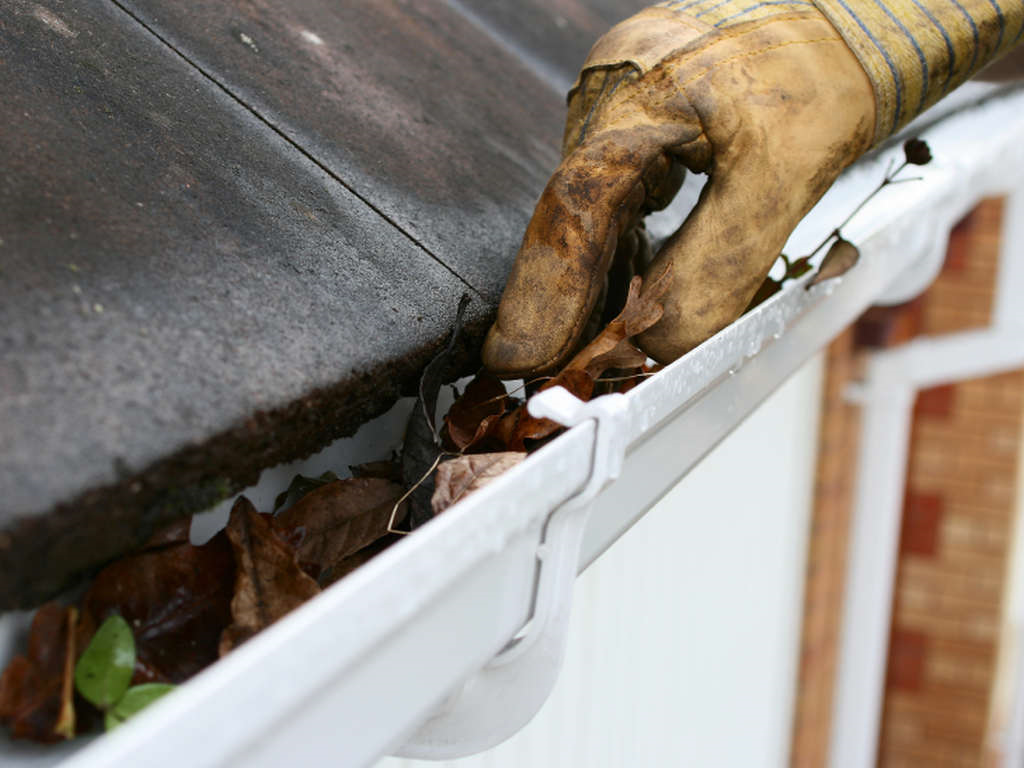


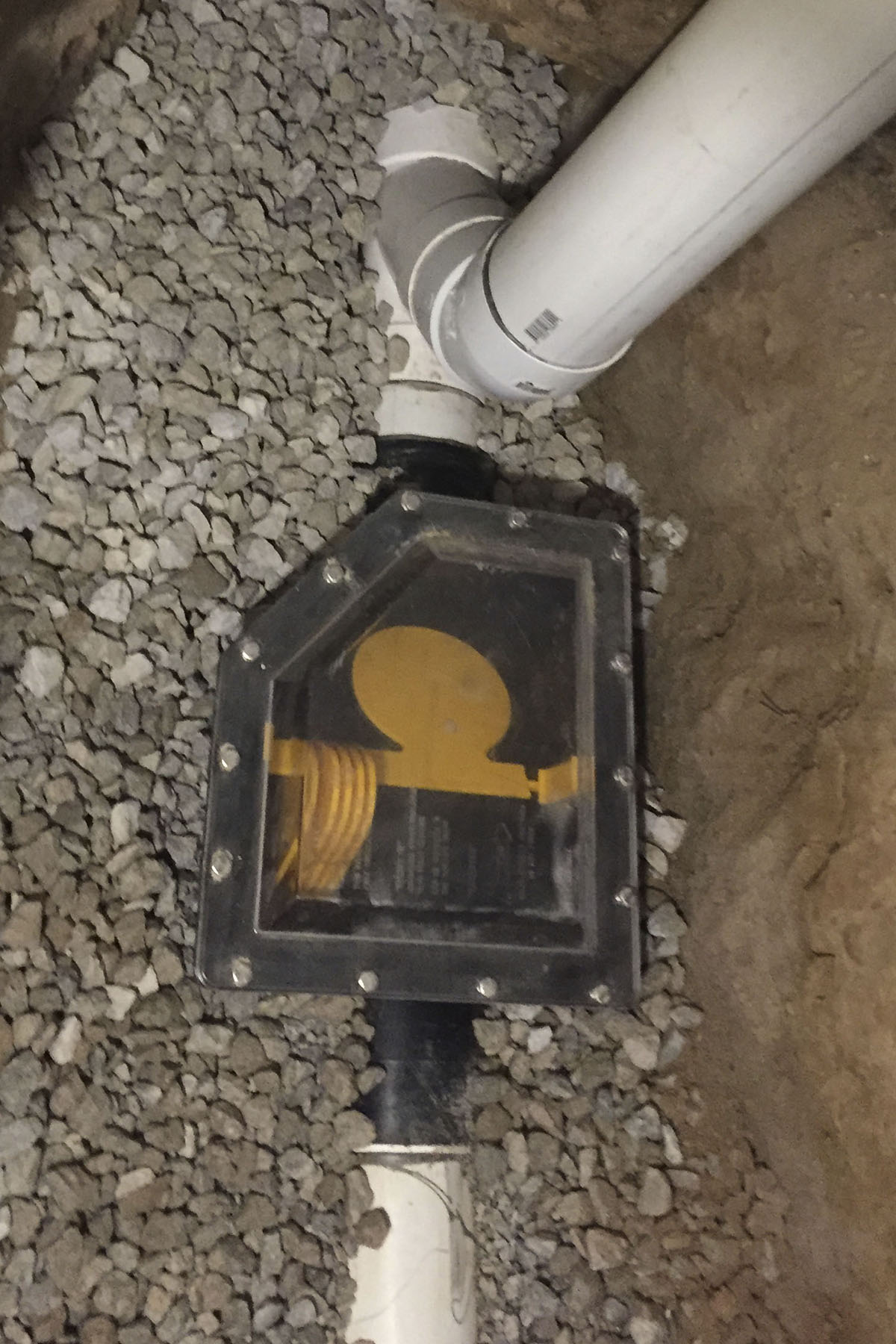

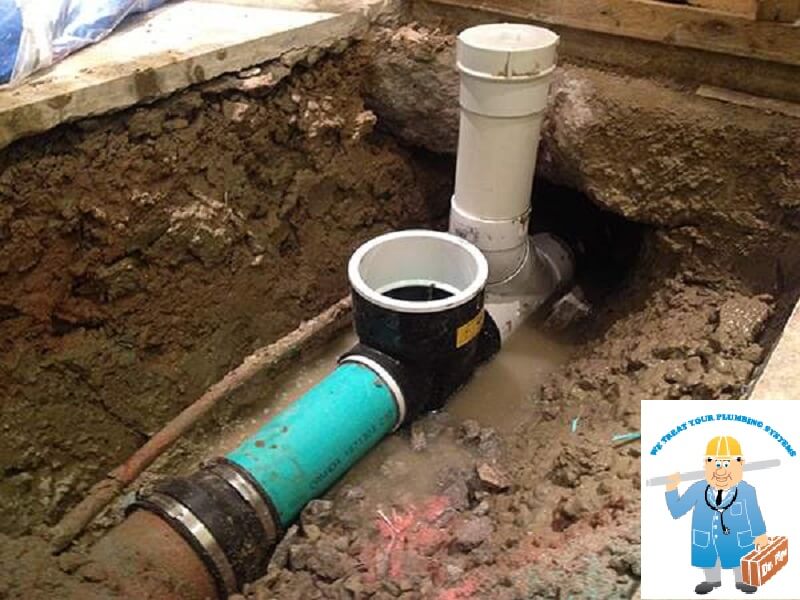





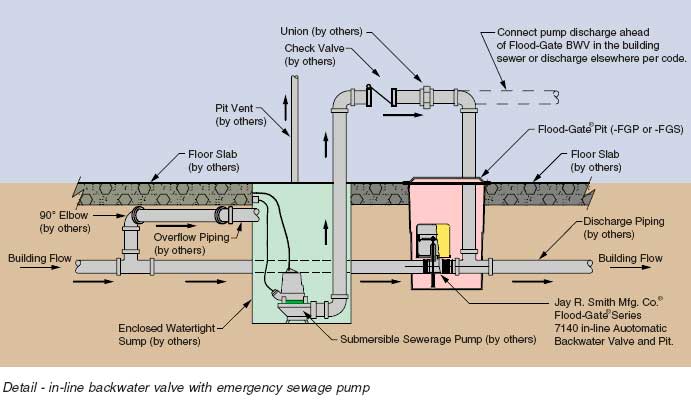





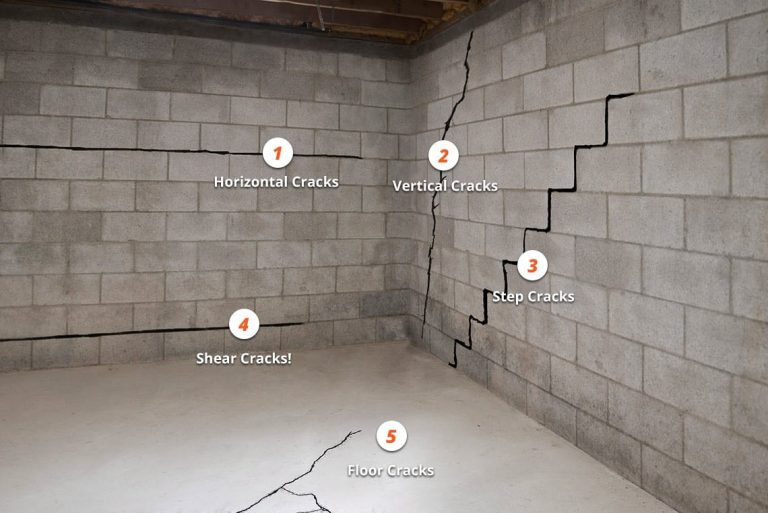
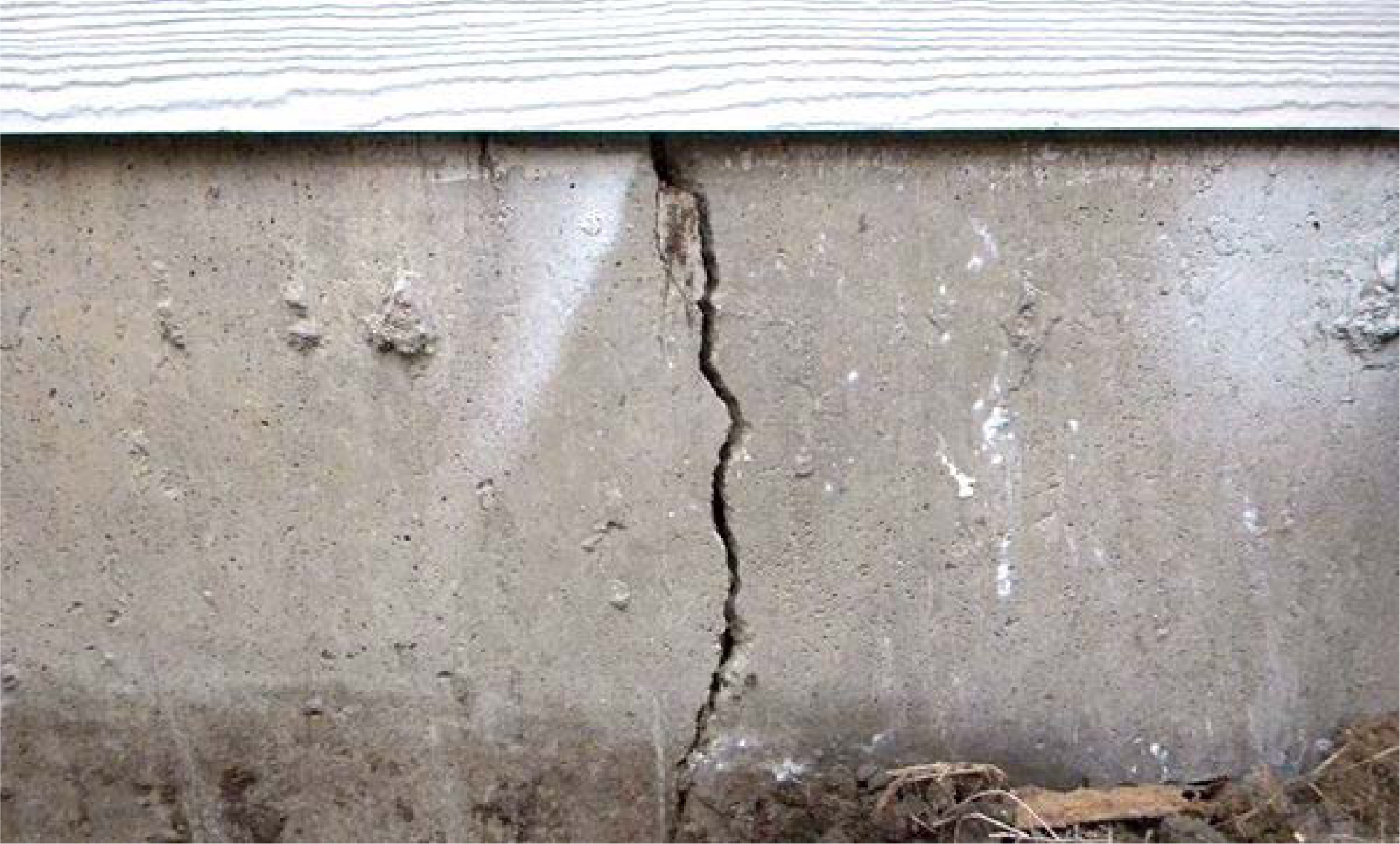


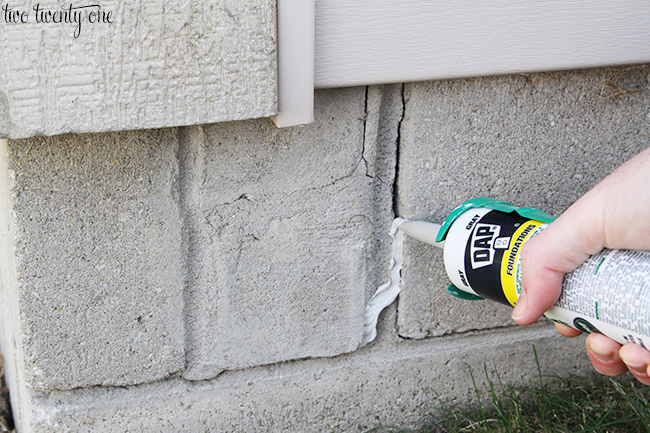



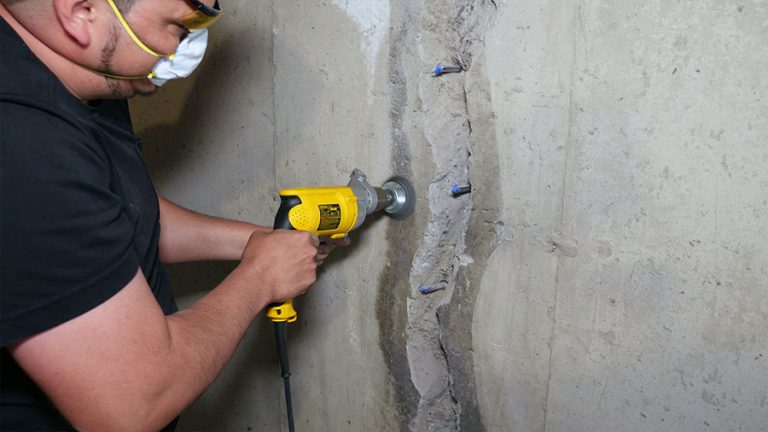


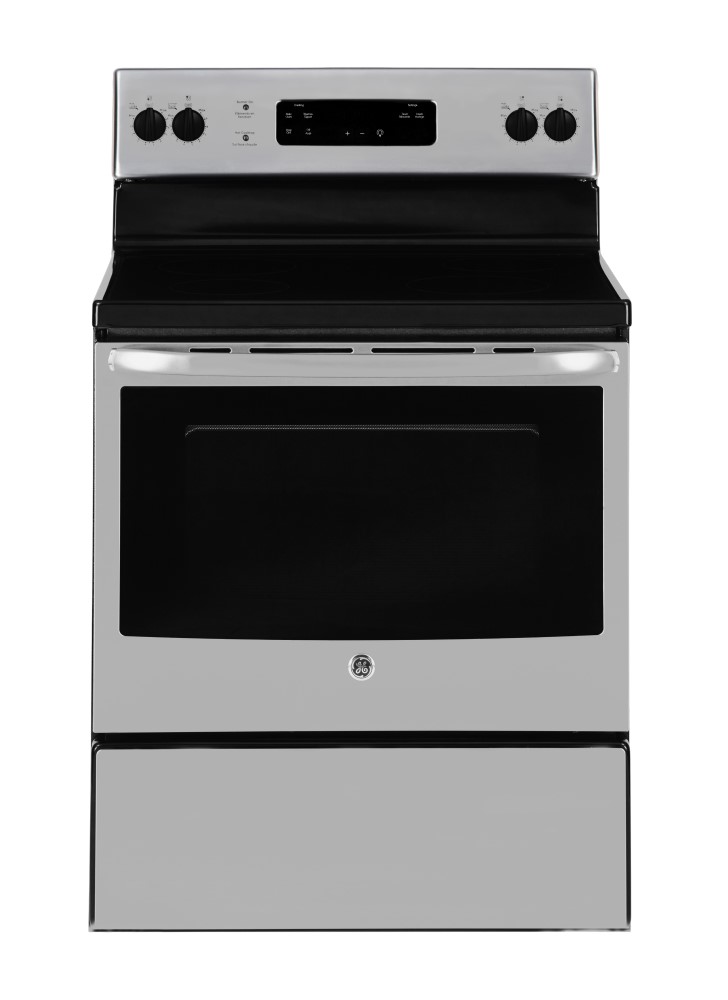
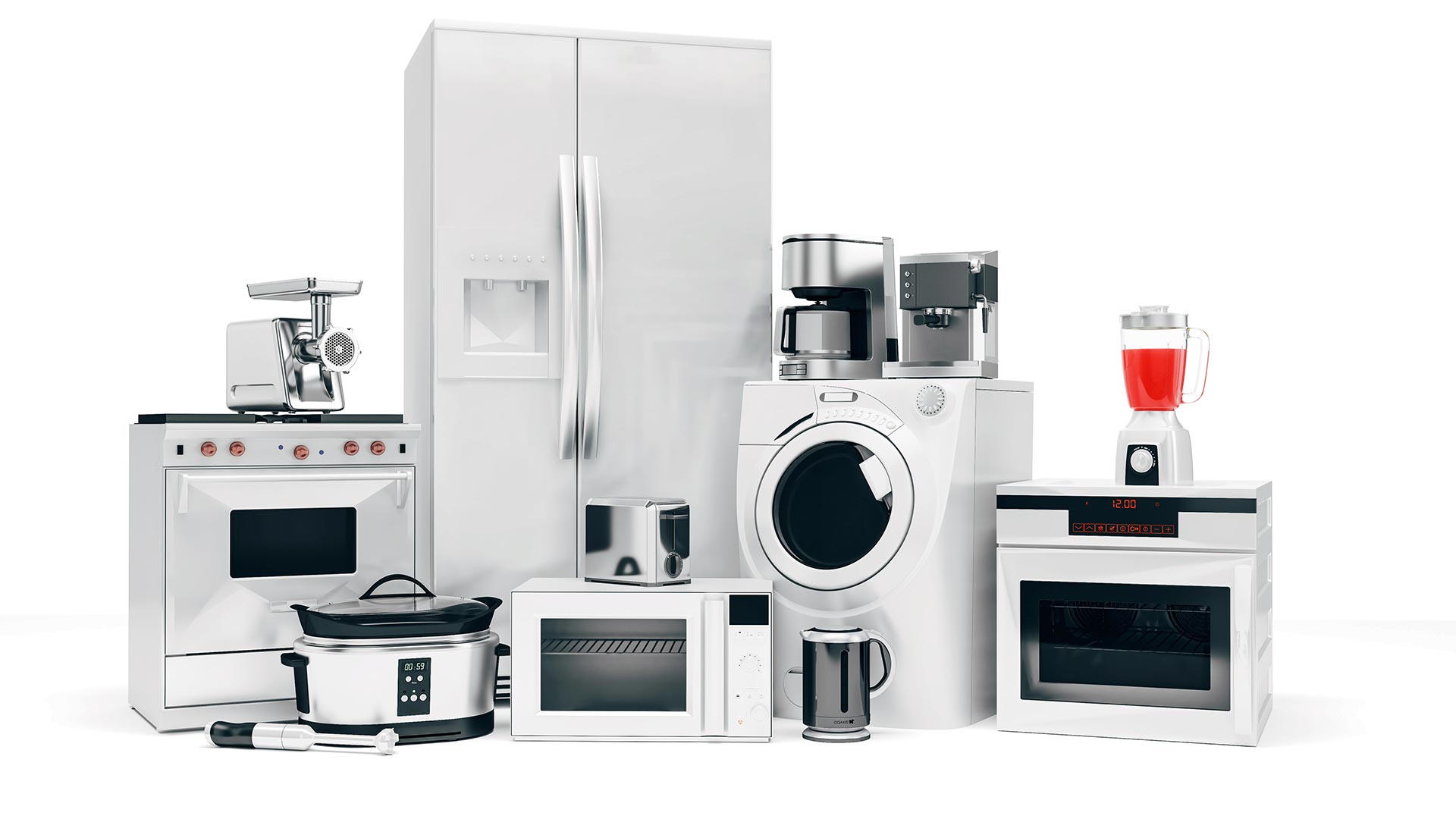

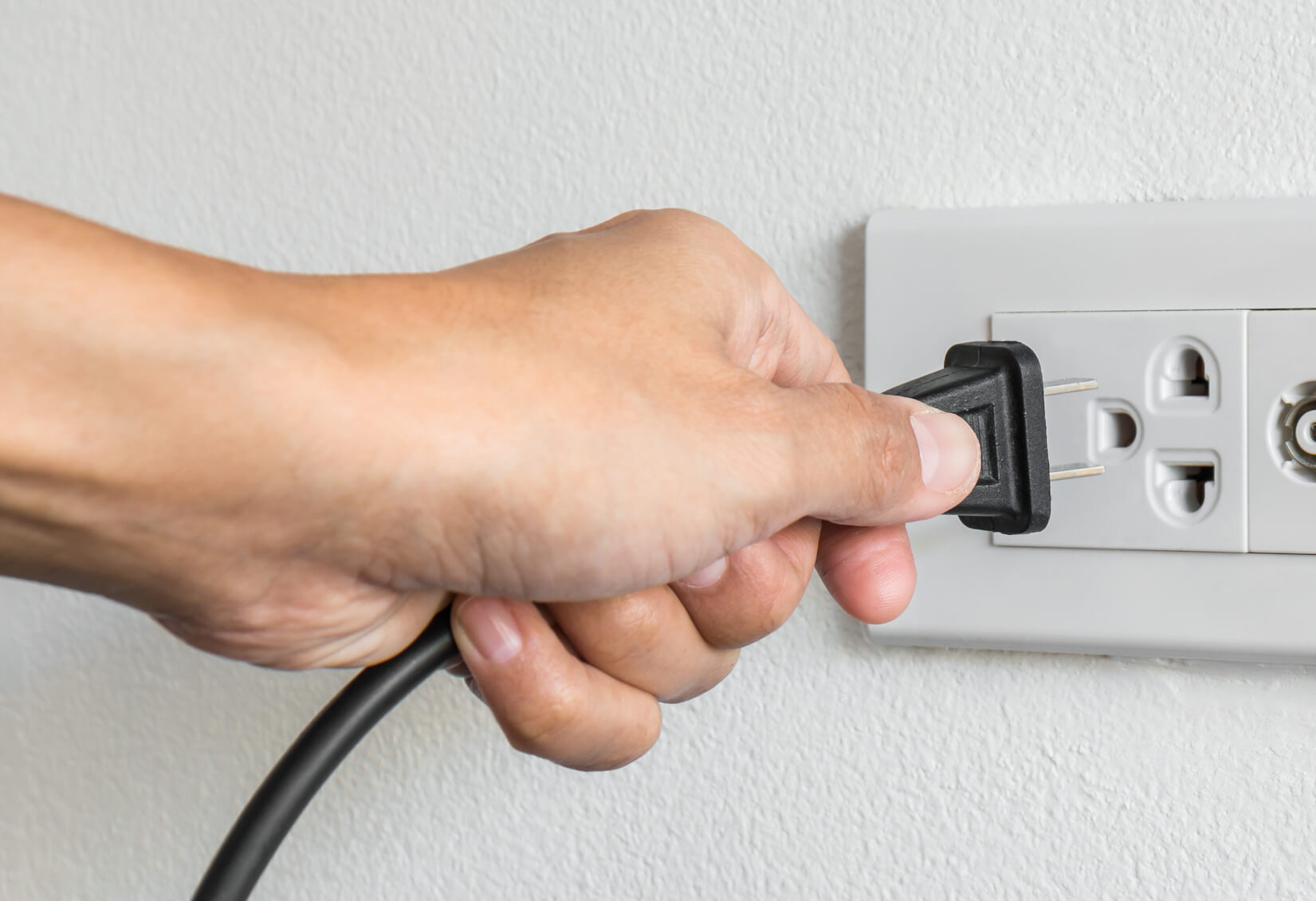


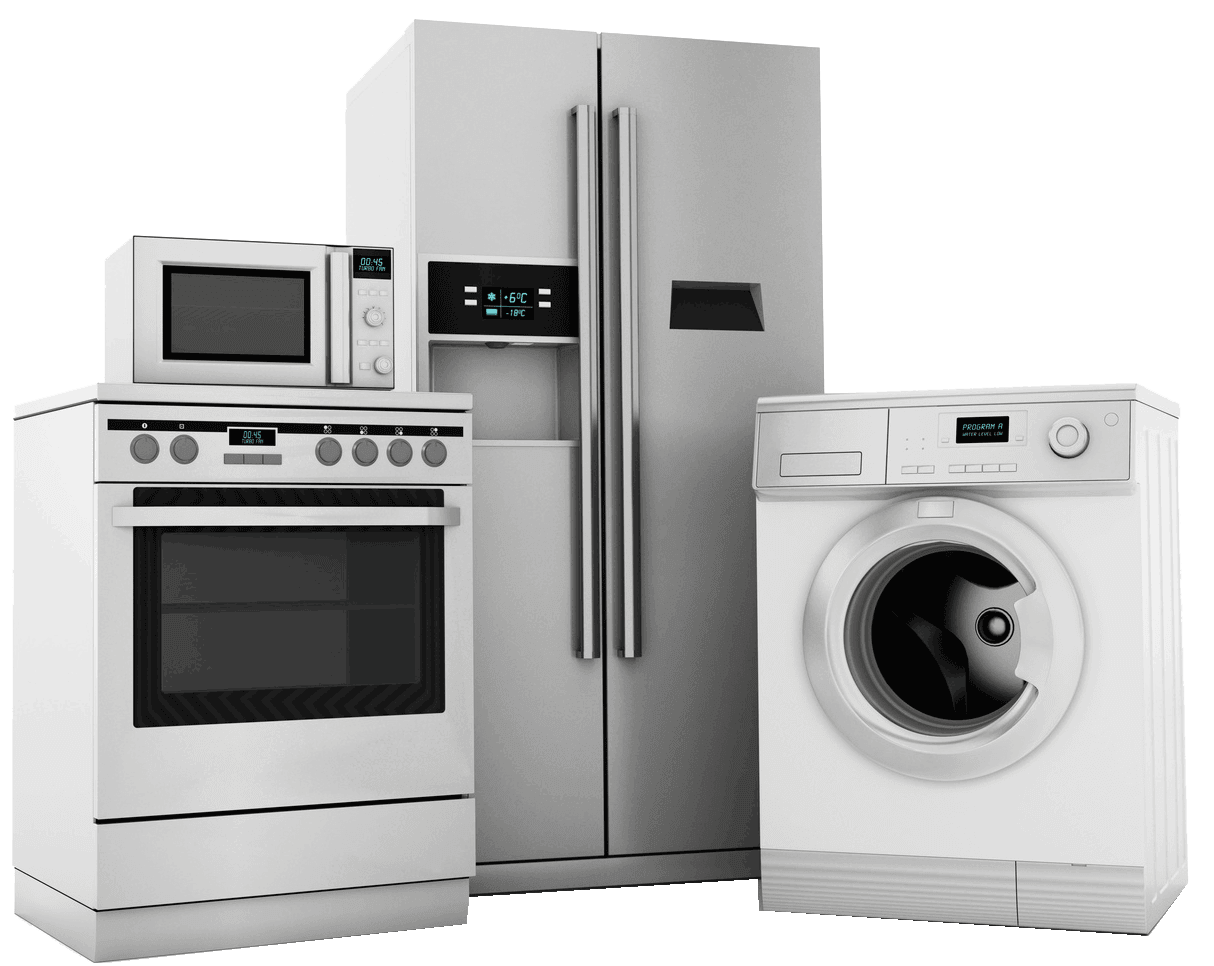





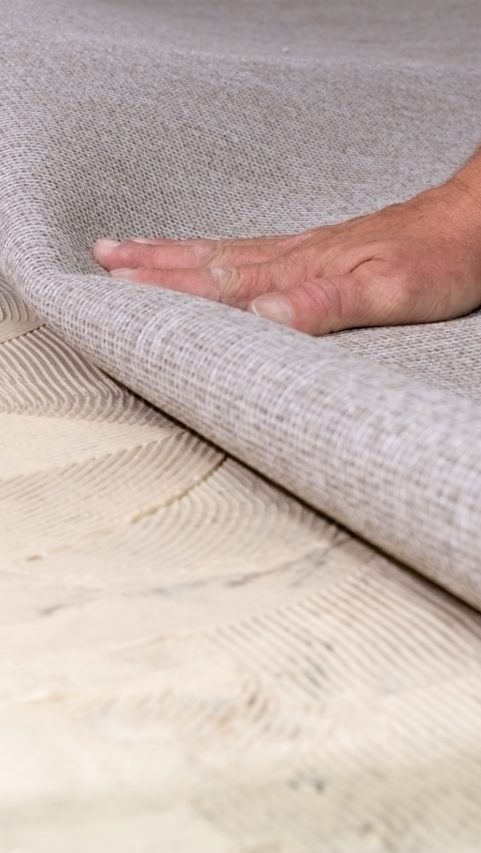
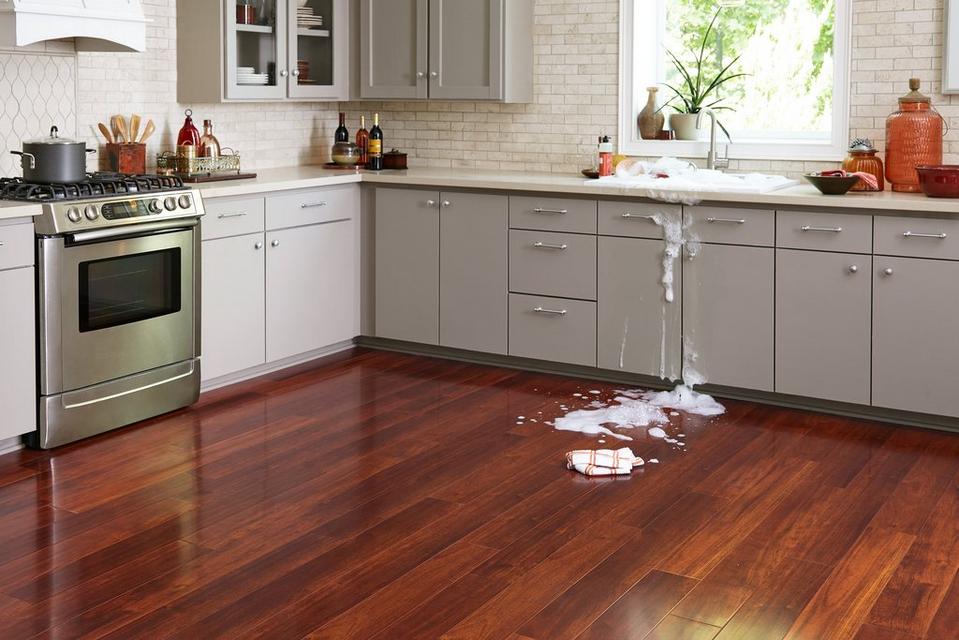
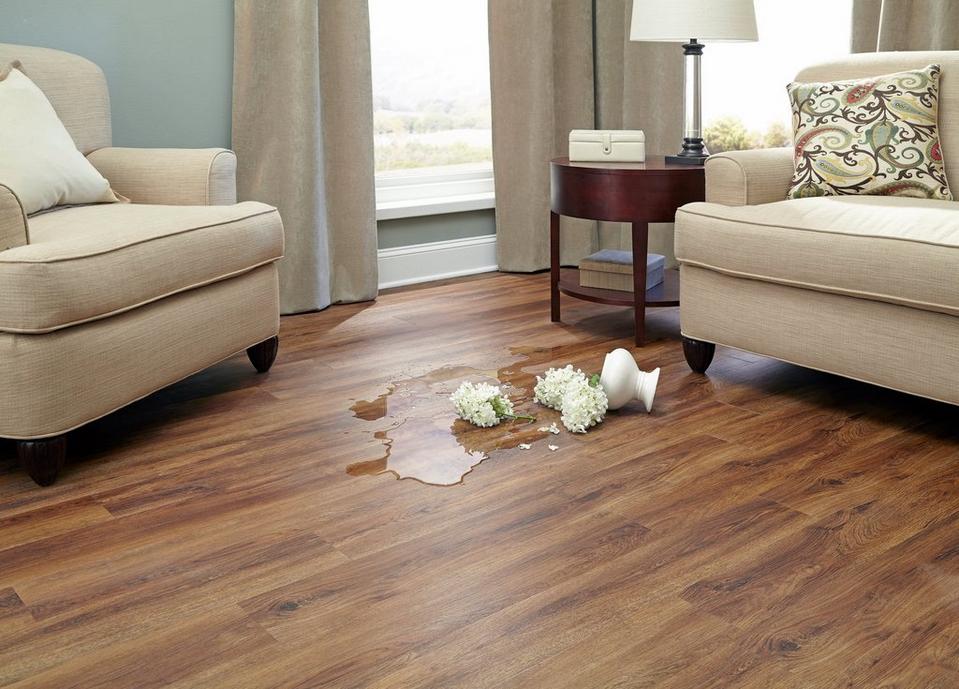
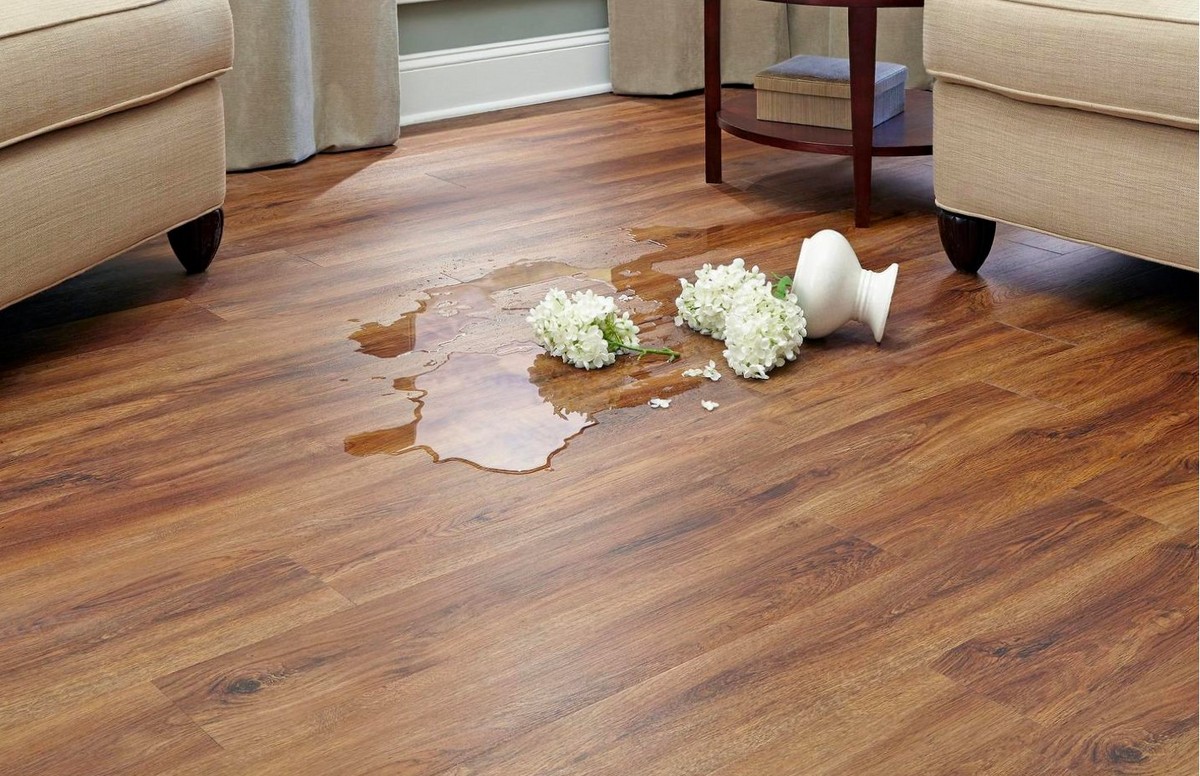


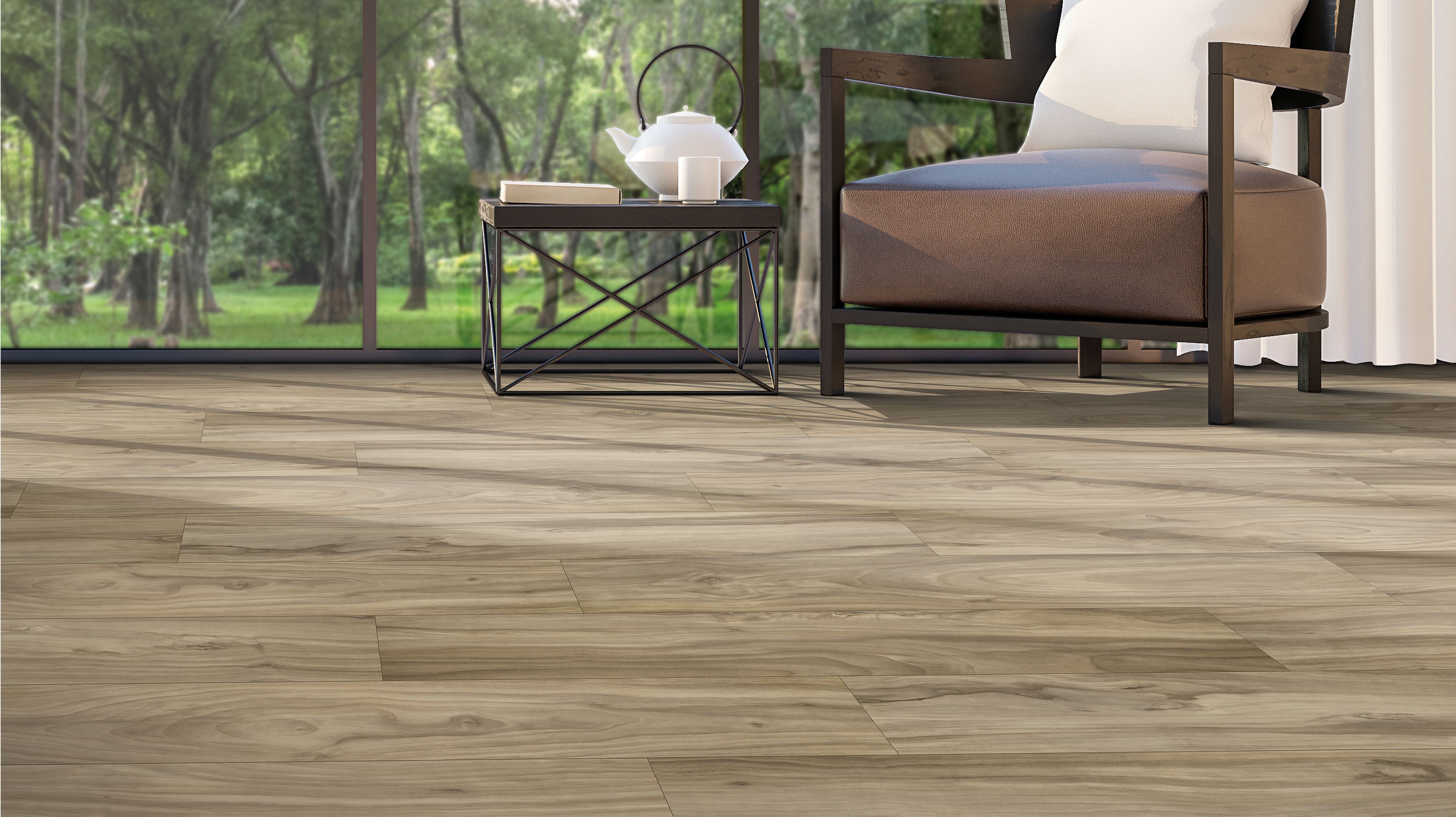

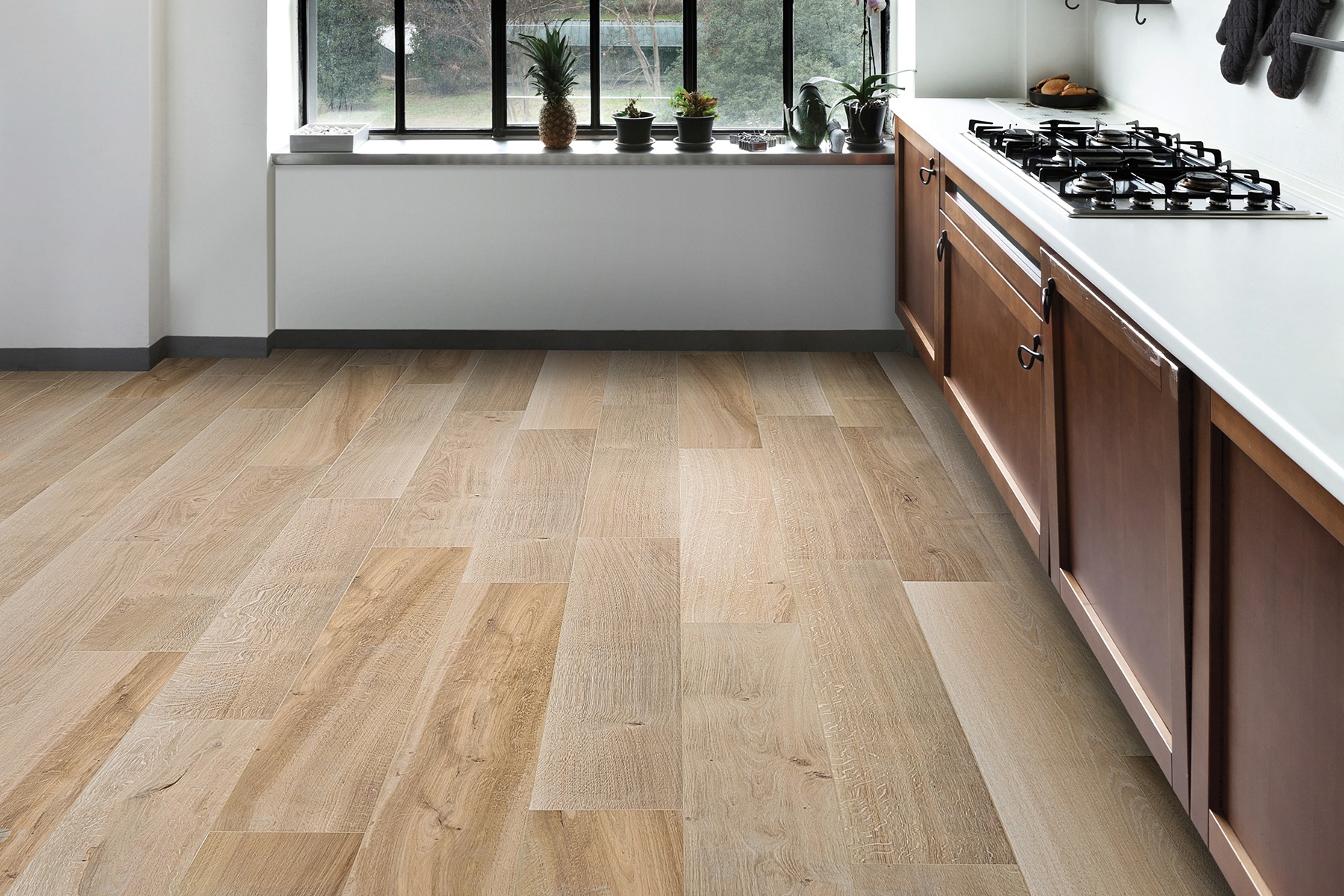



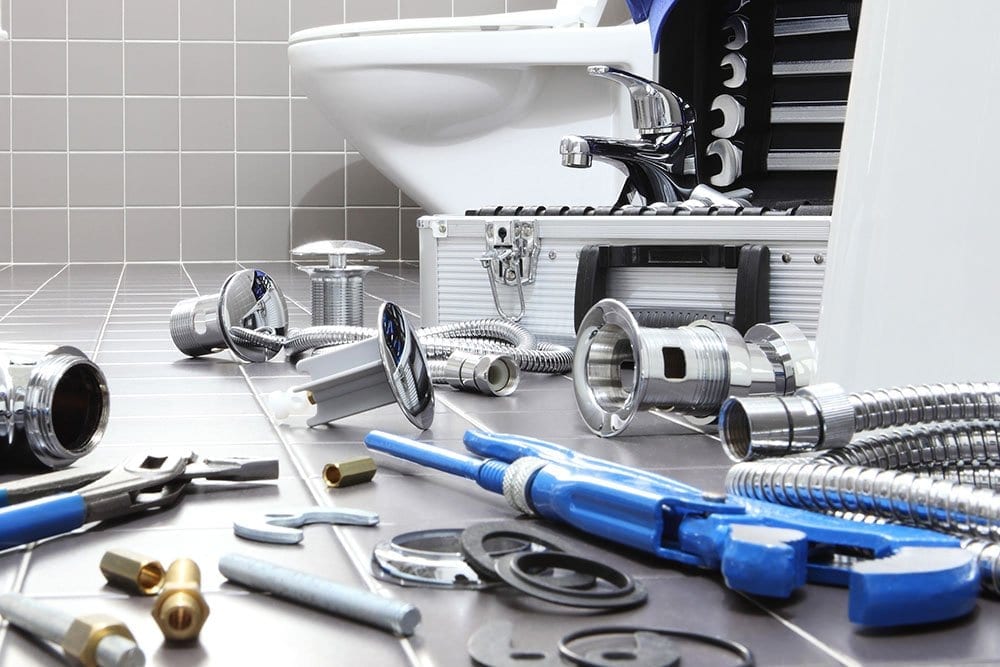

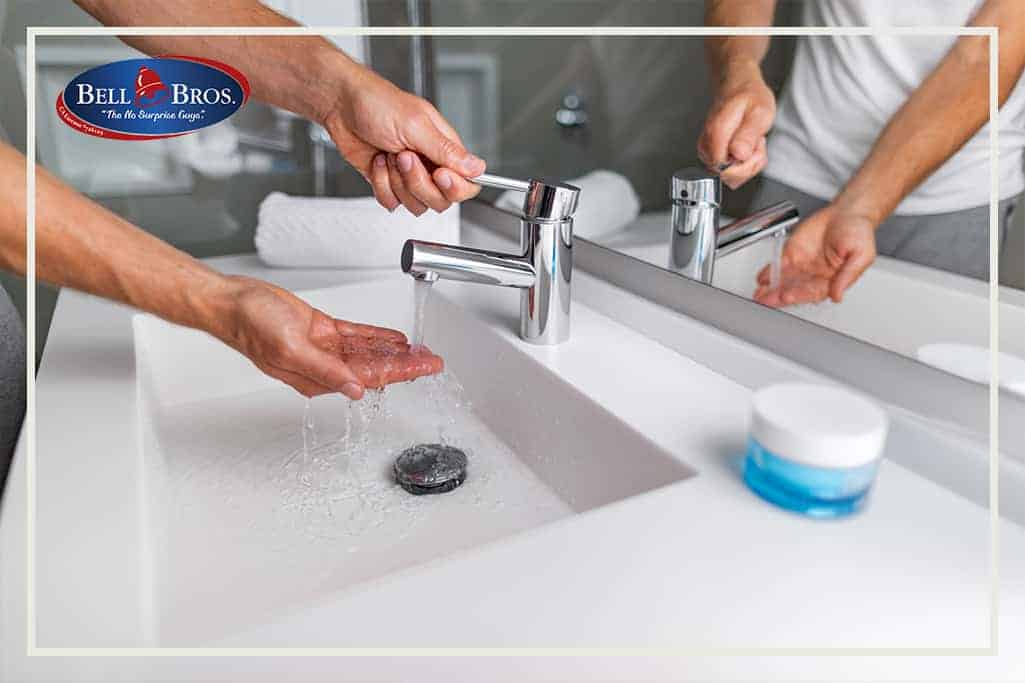
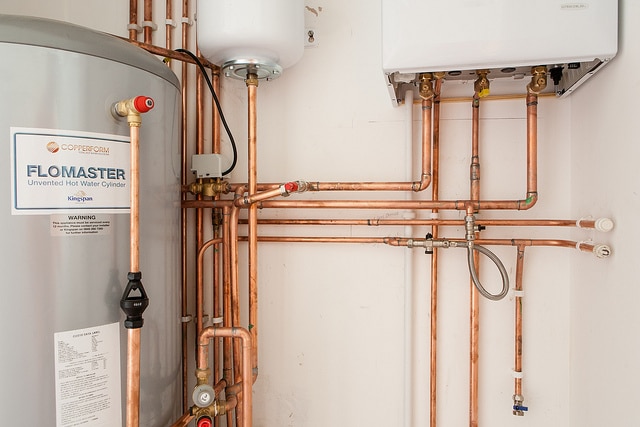


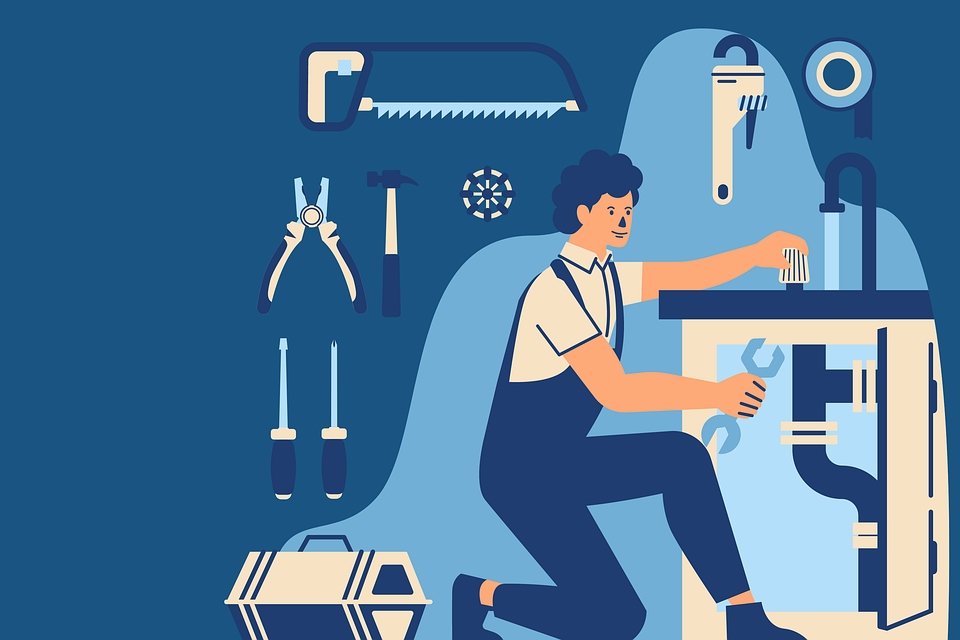
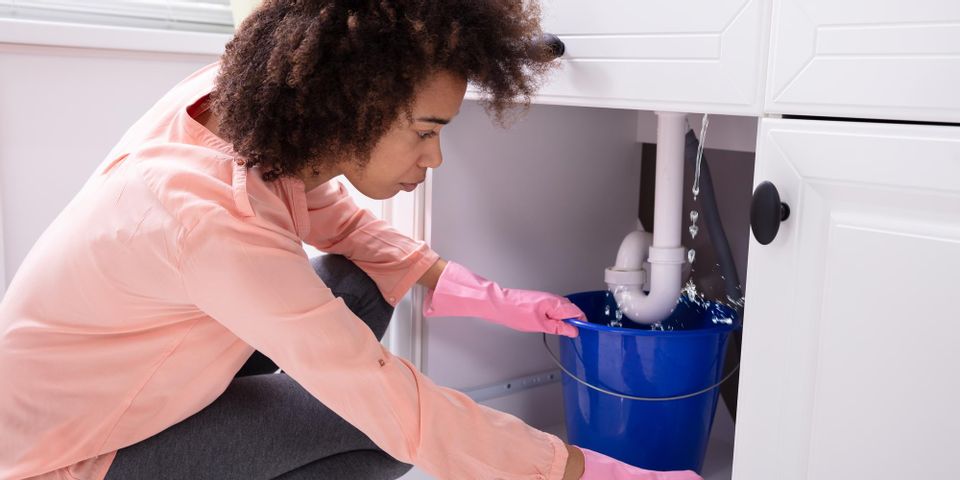
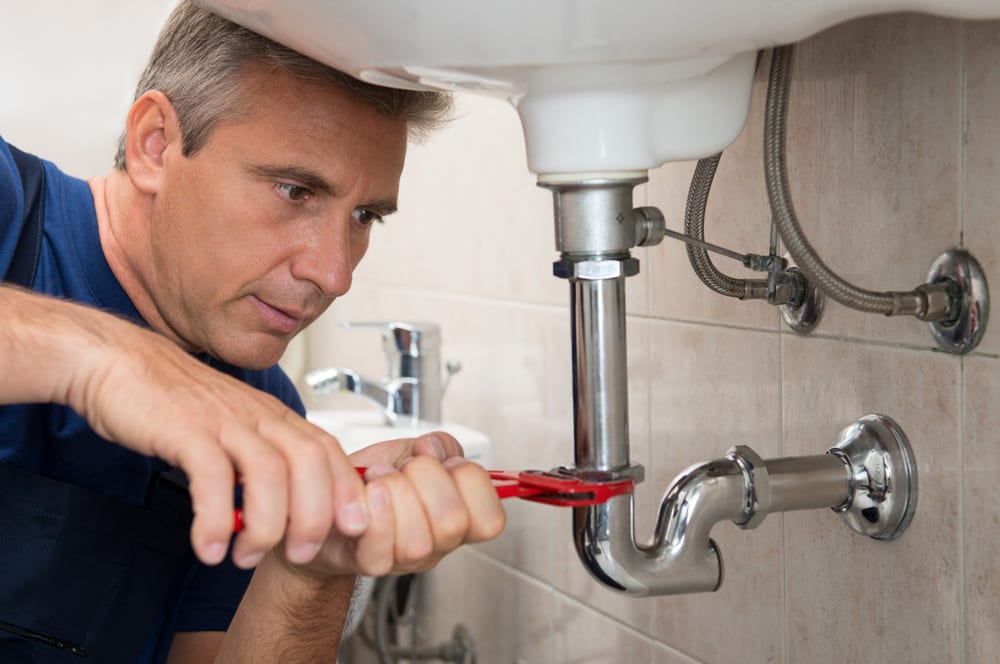
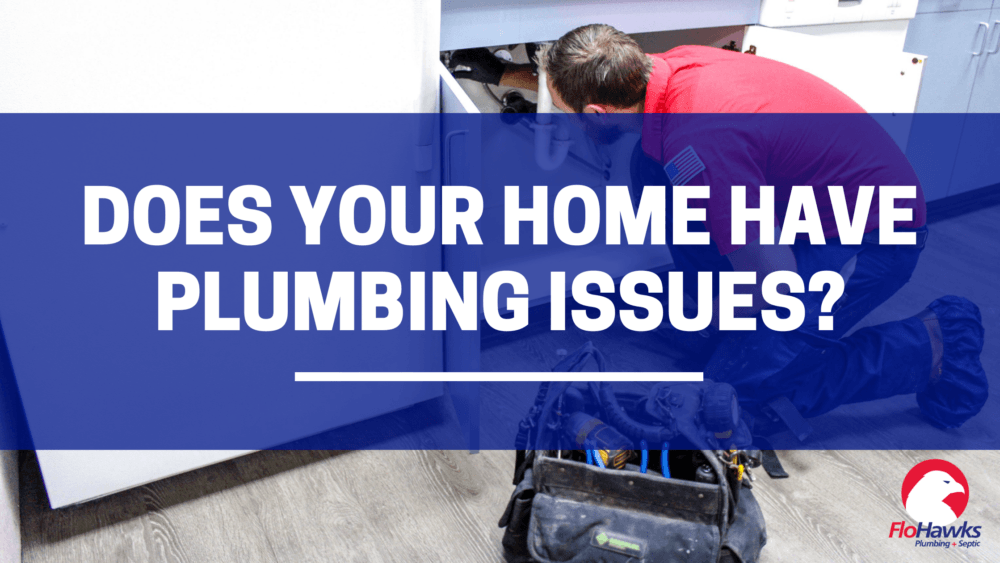



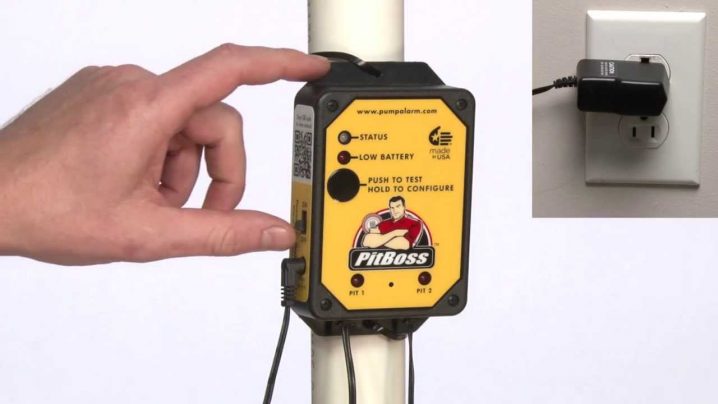


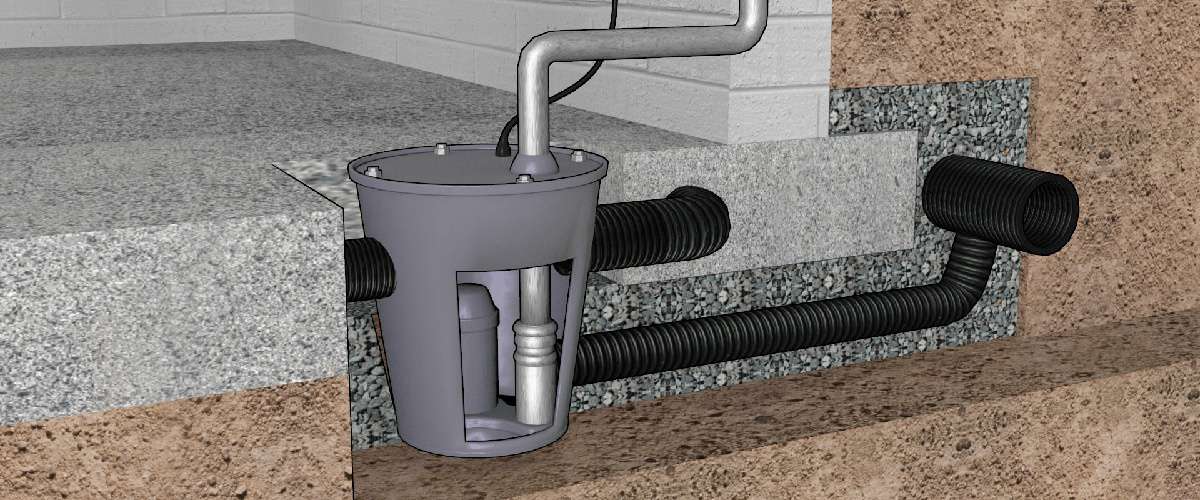
/flooded-basement-108200528-591494da5f9b586470d8bc75.jpg)
